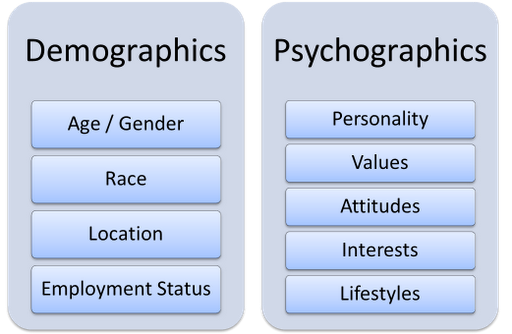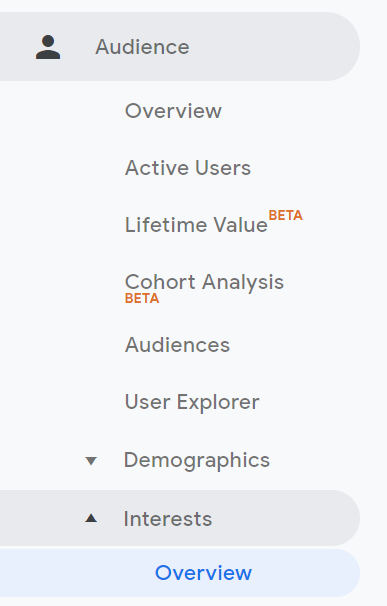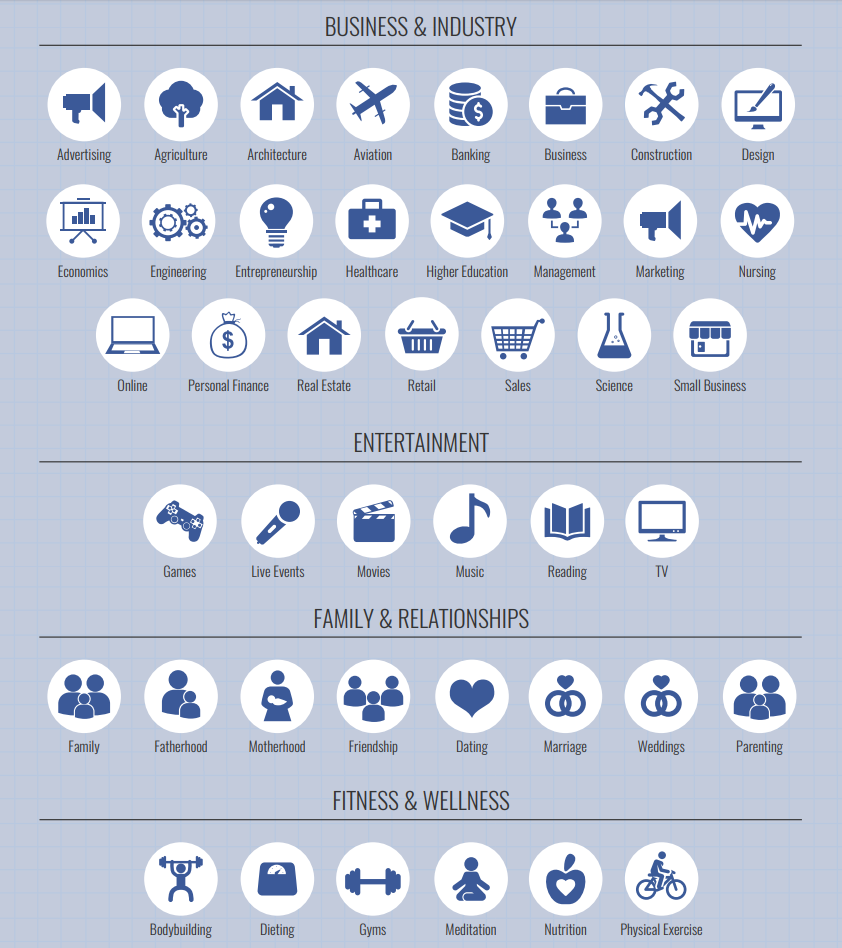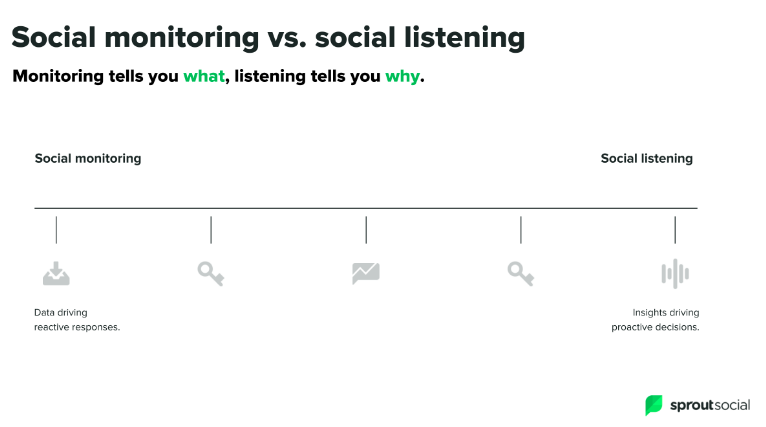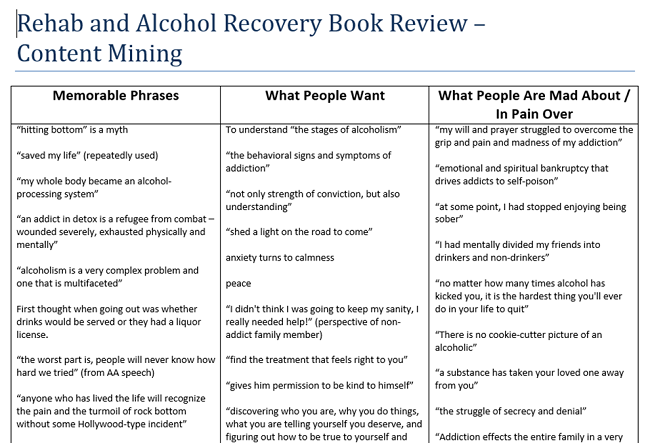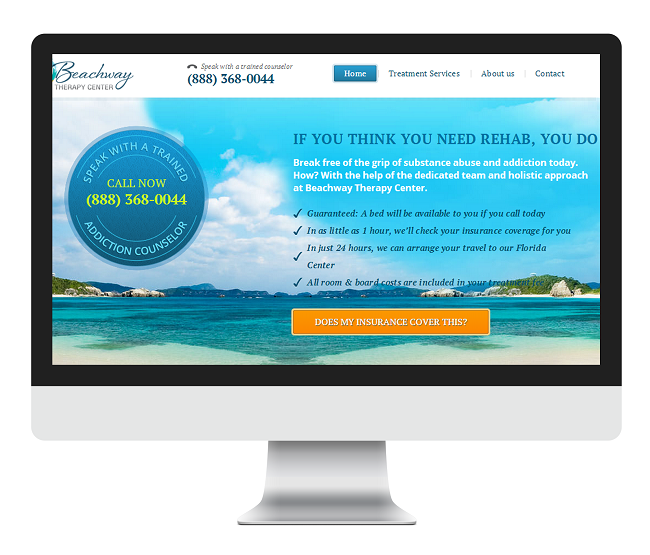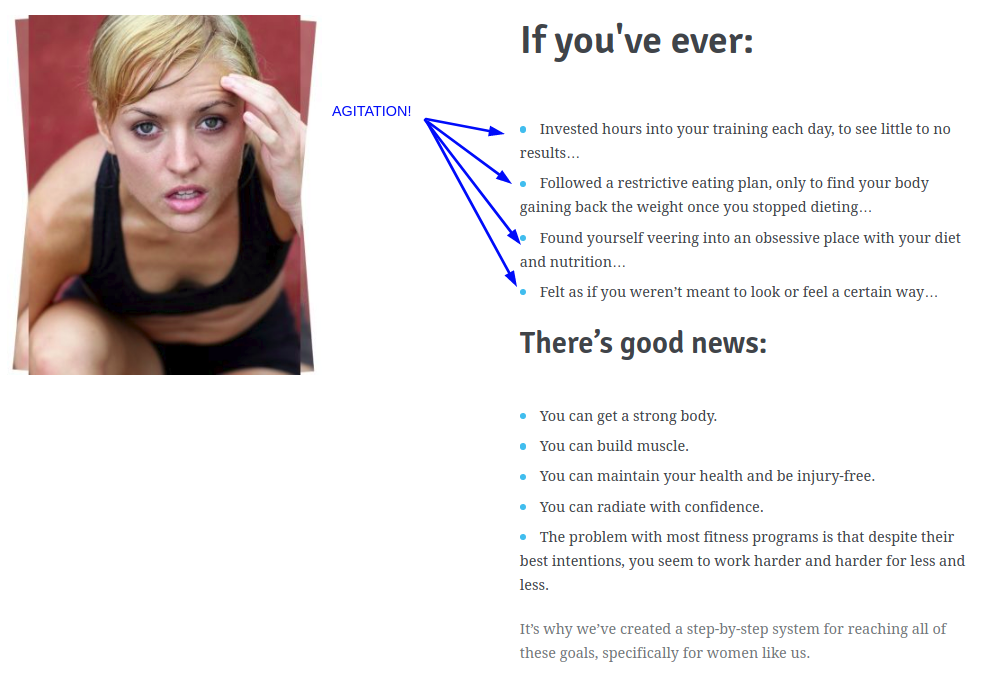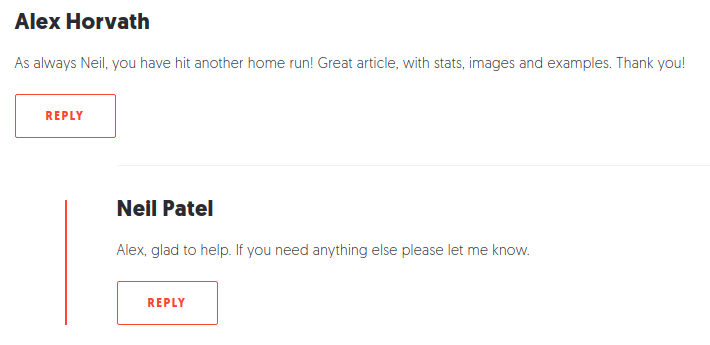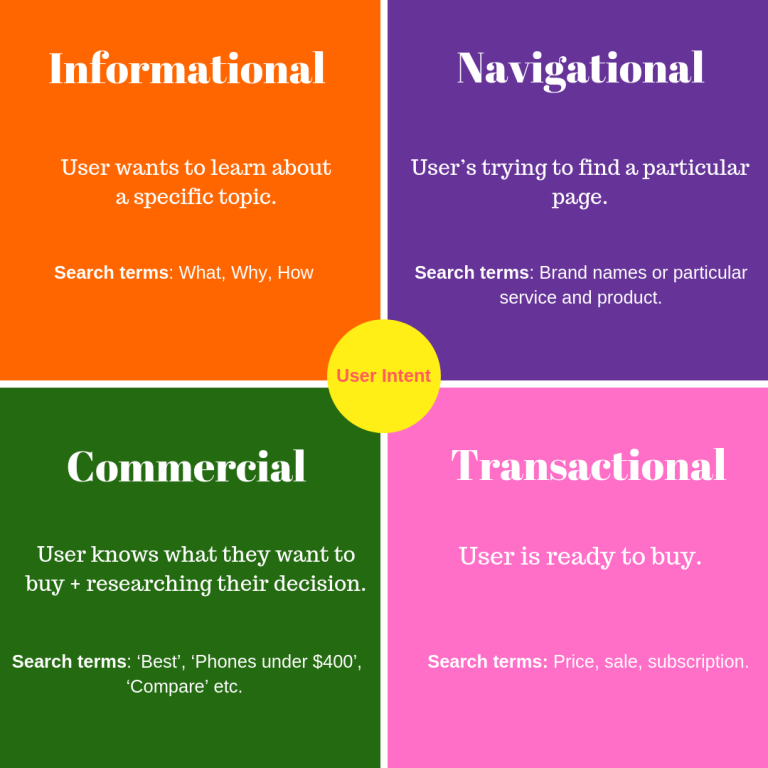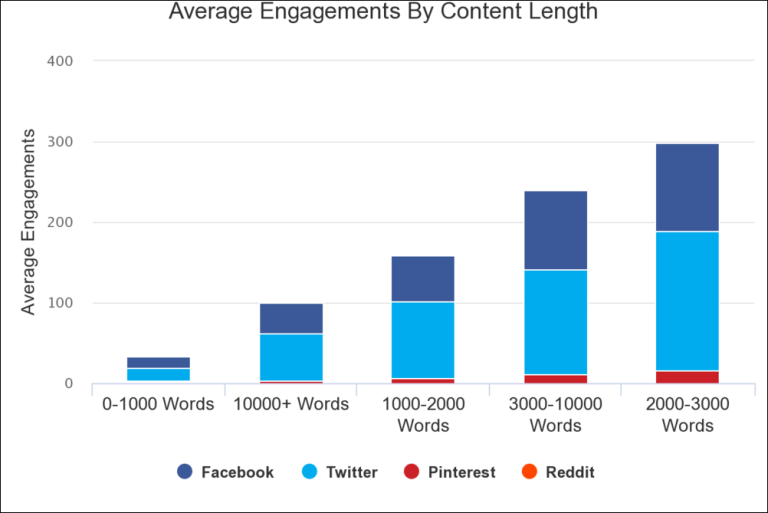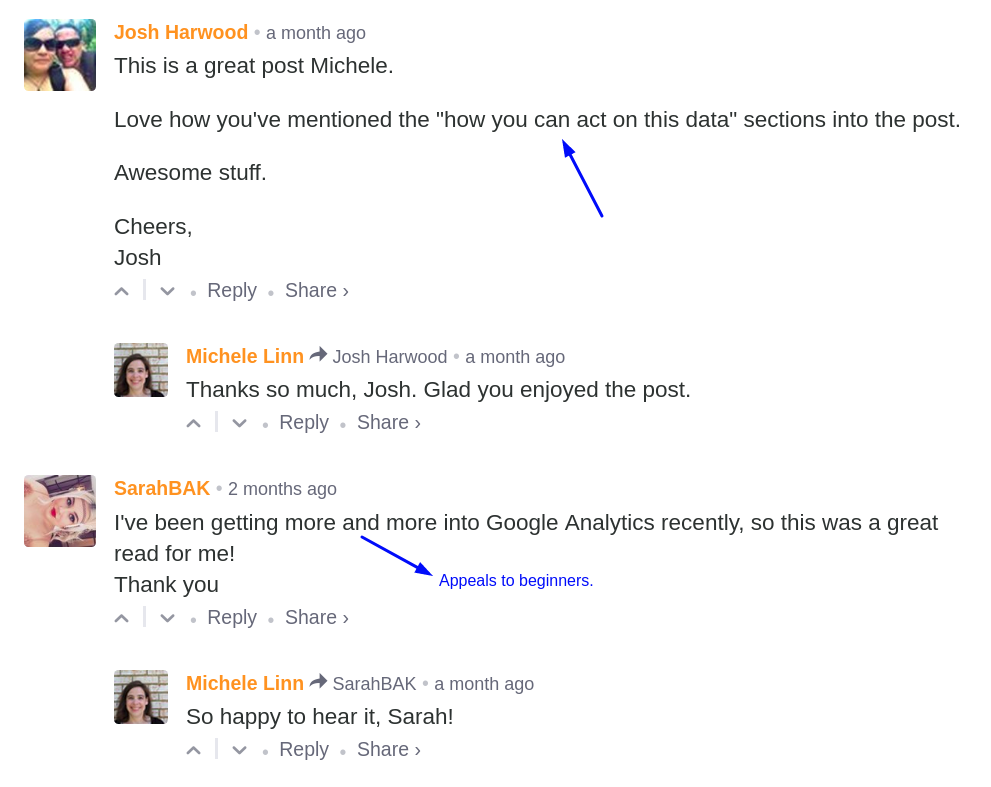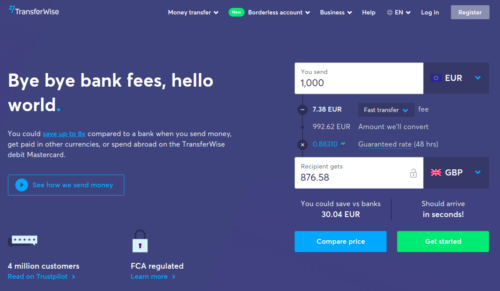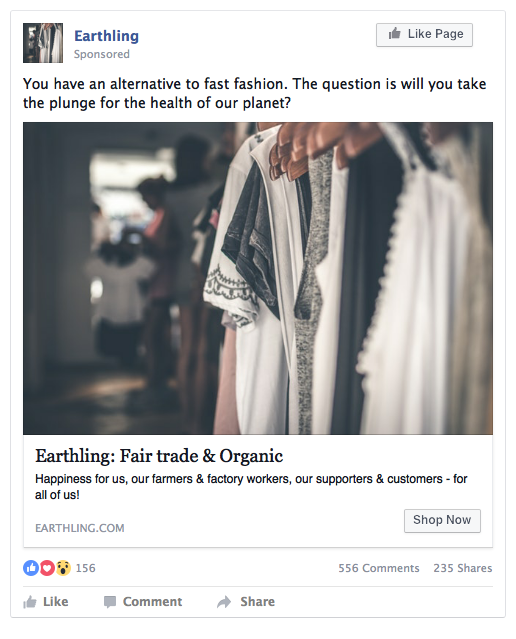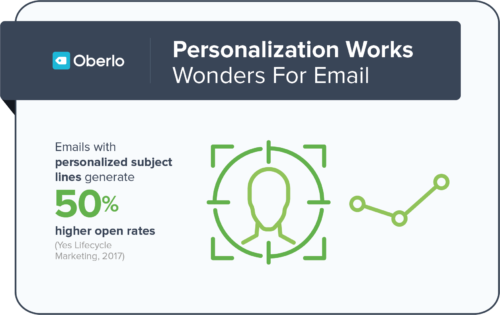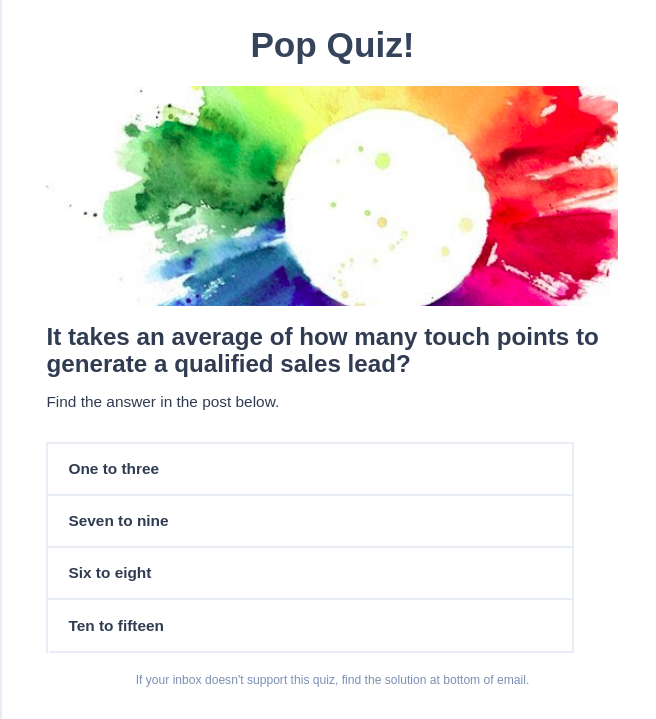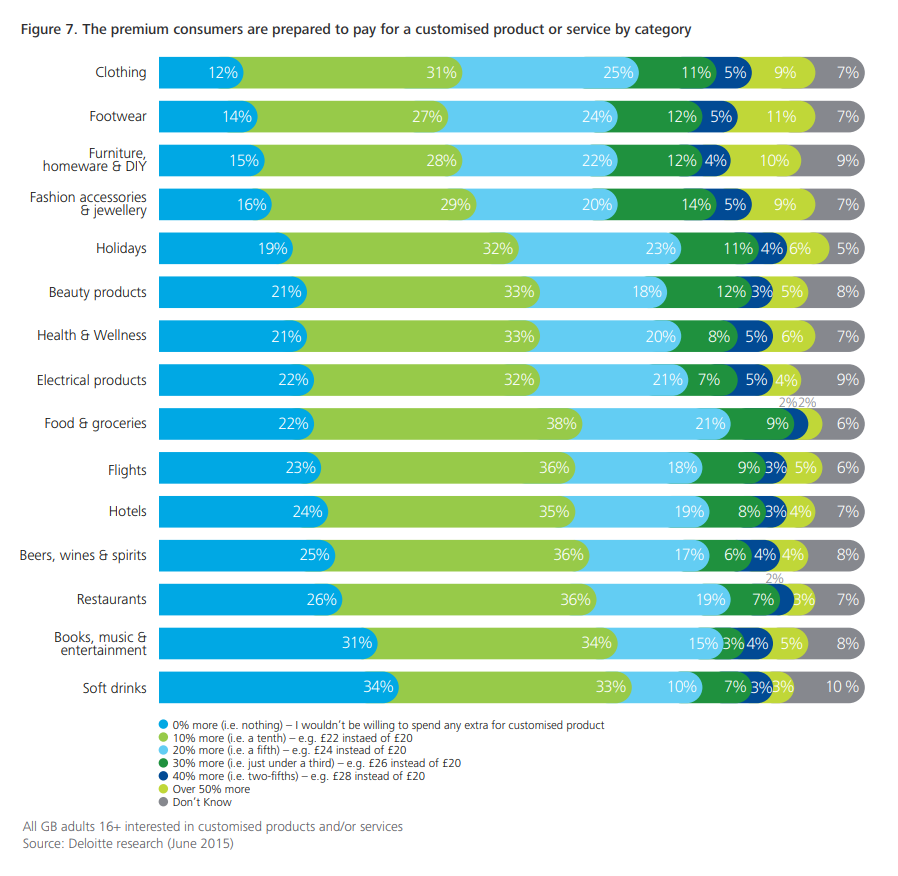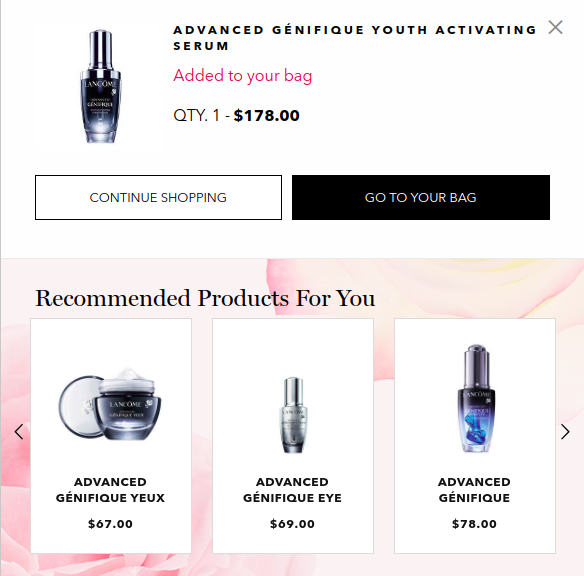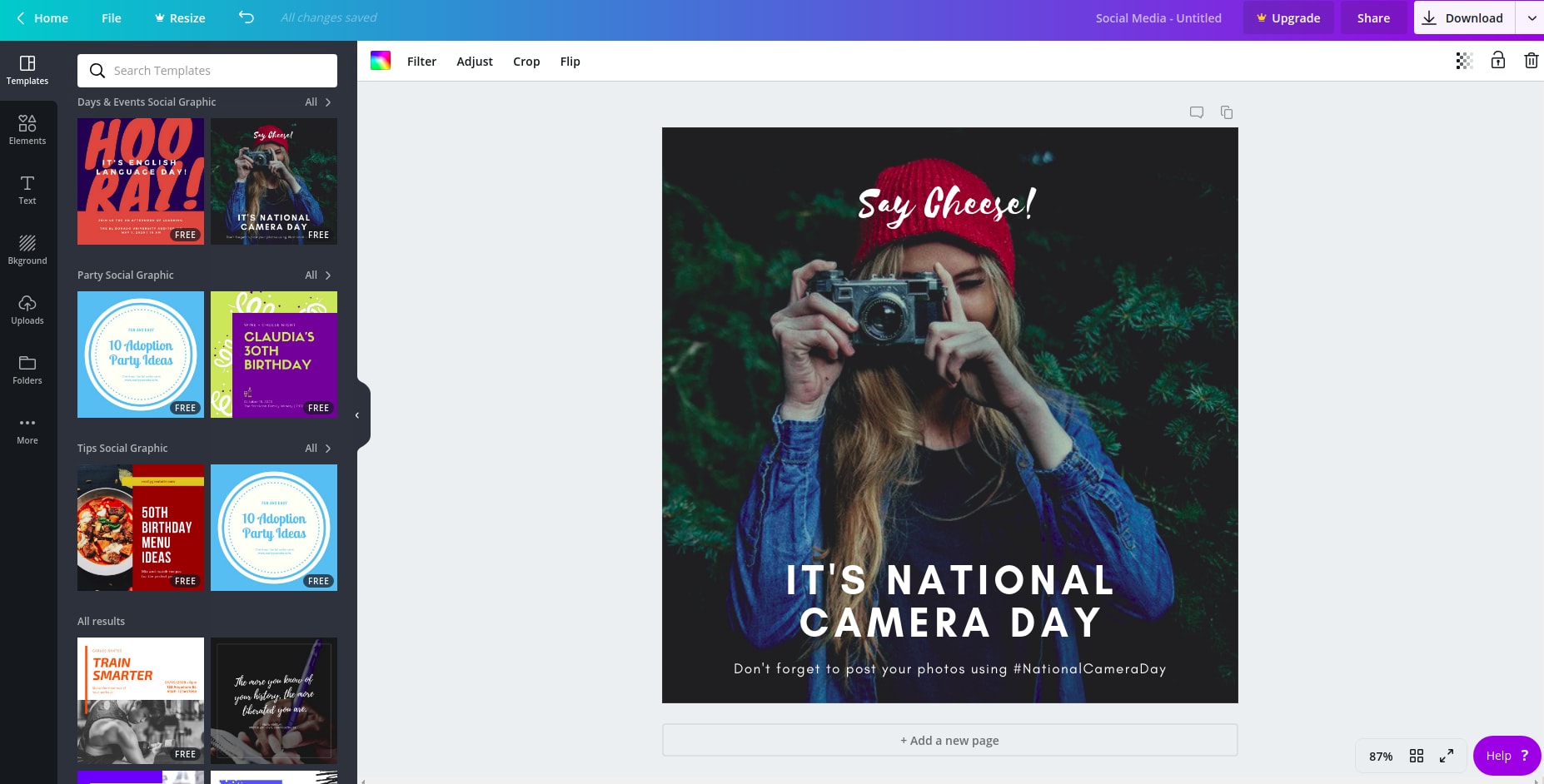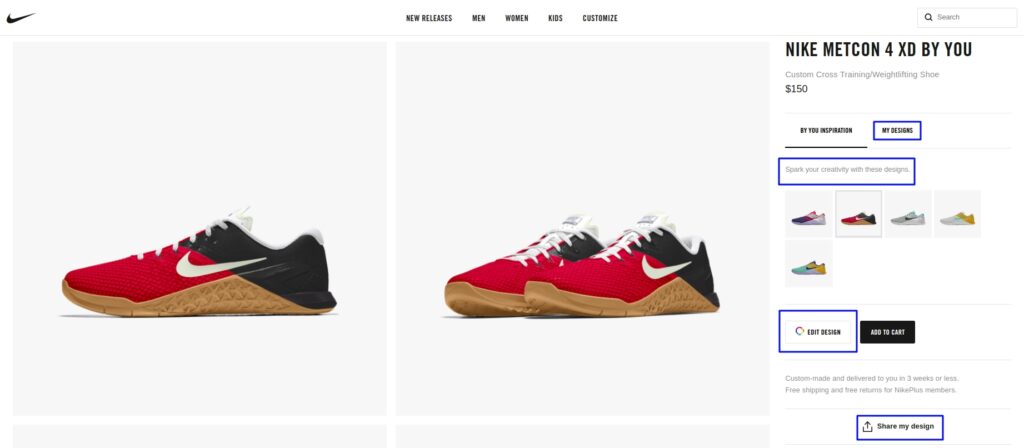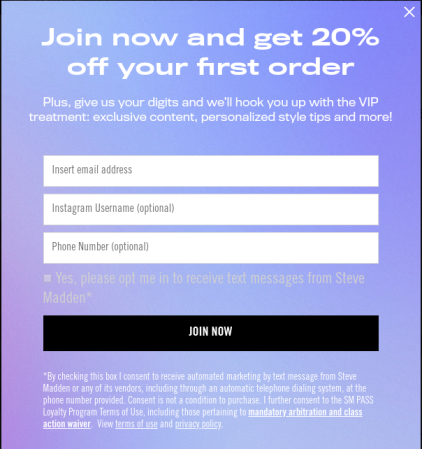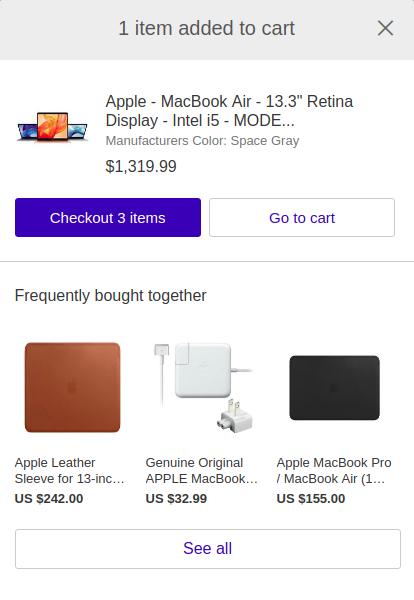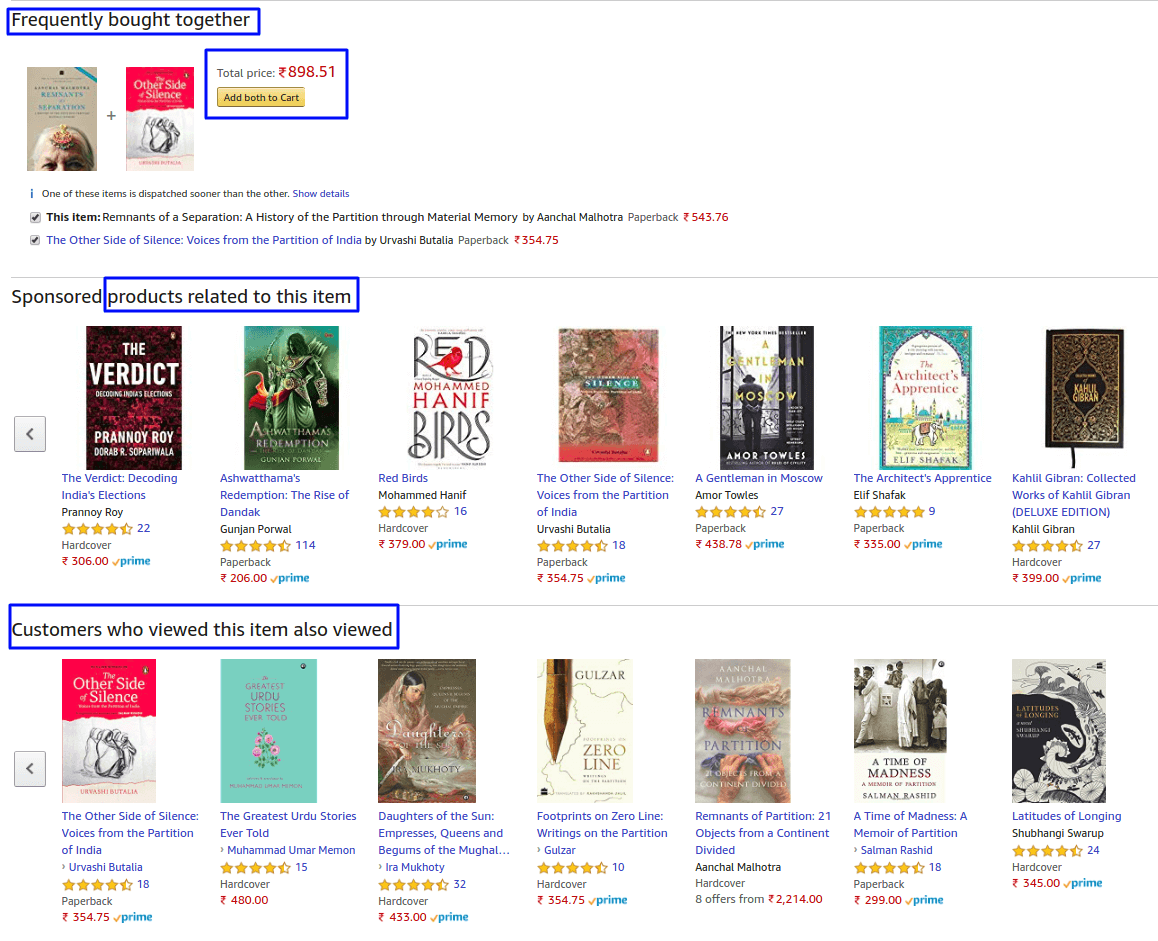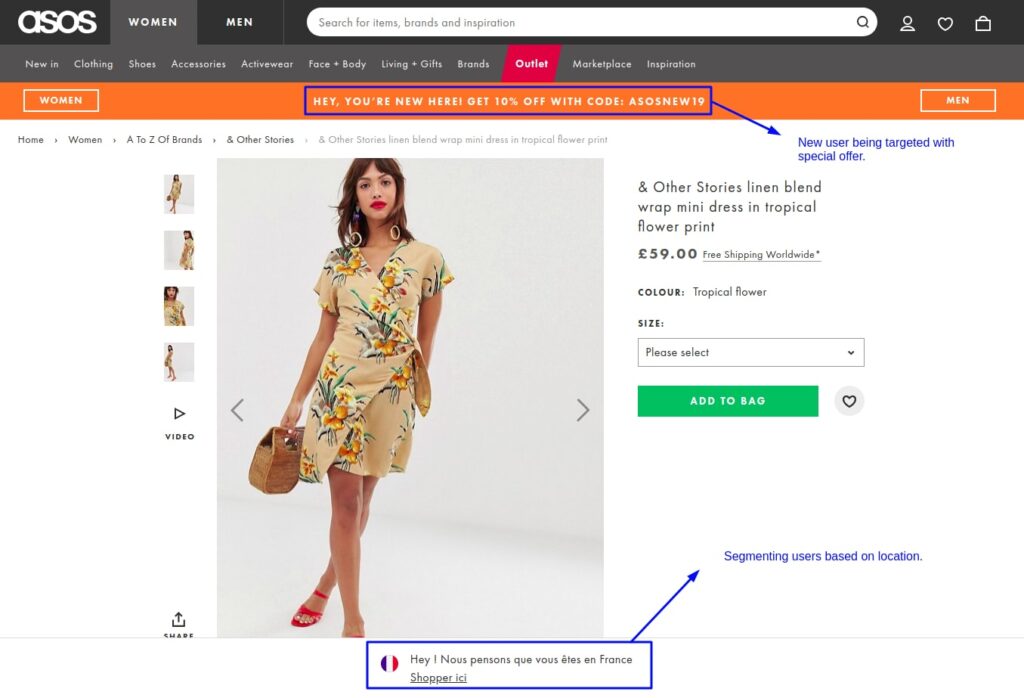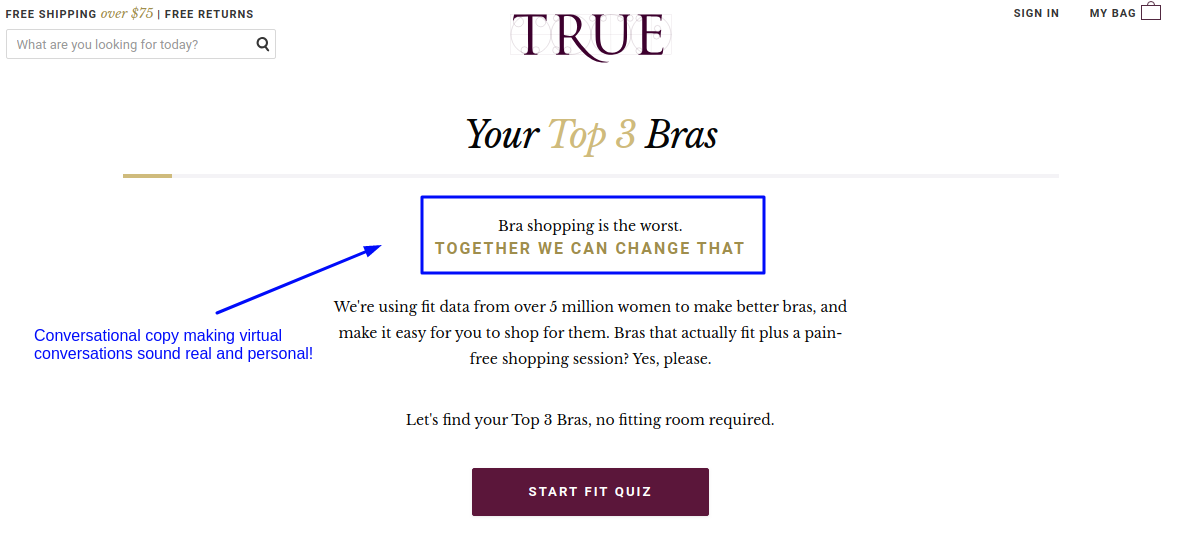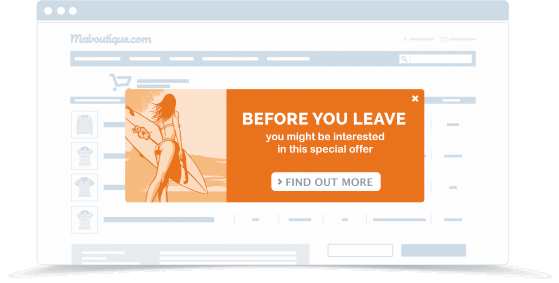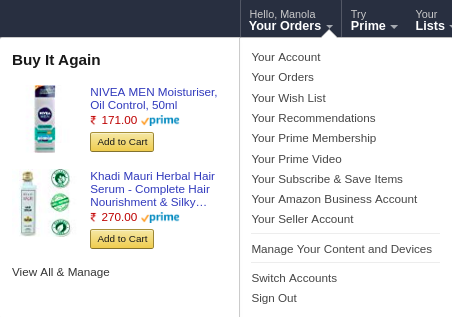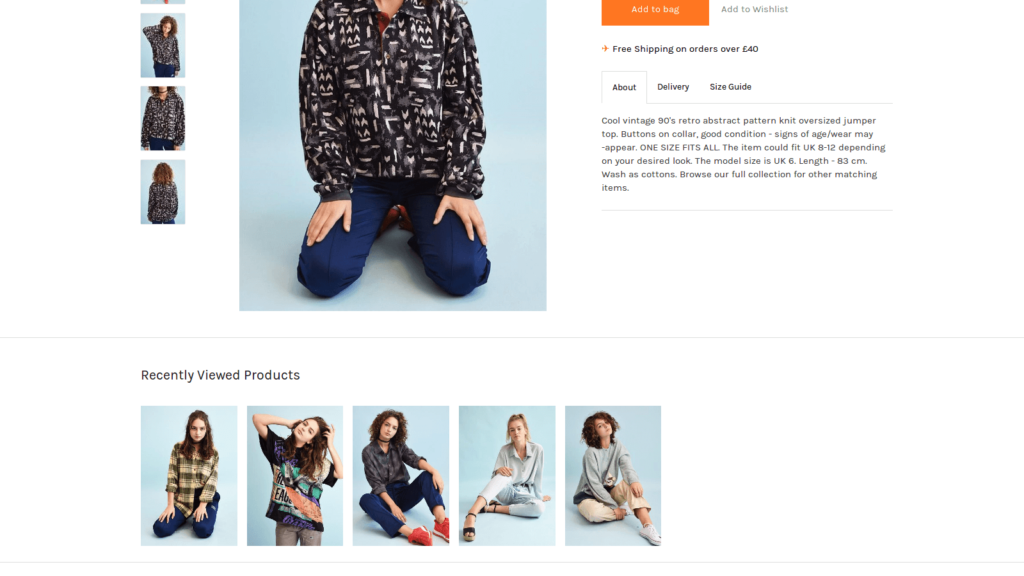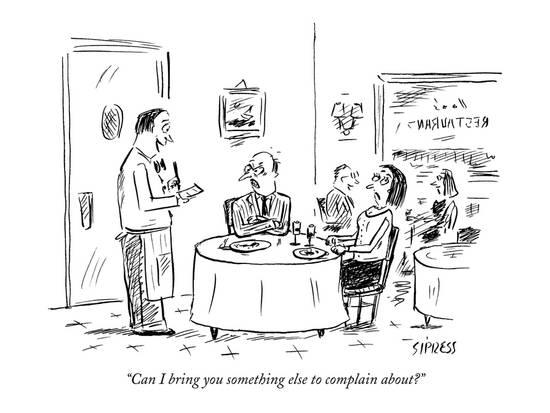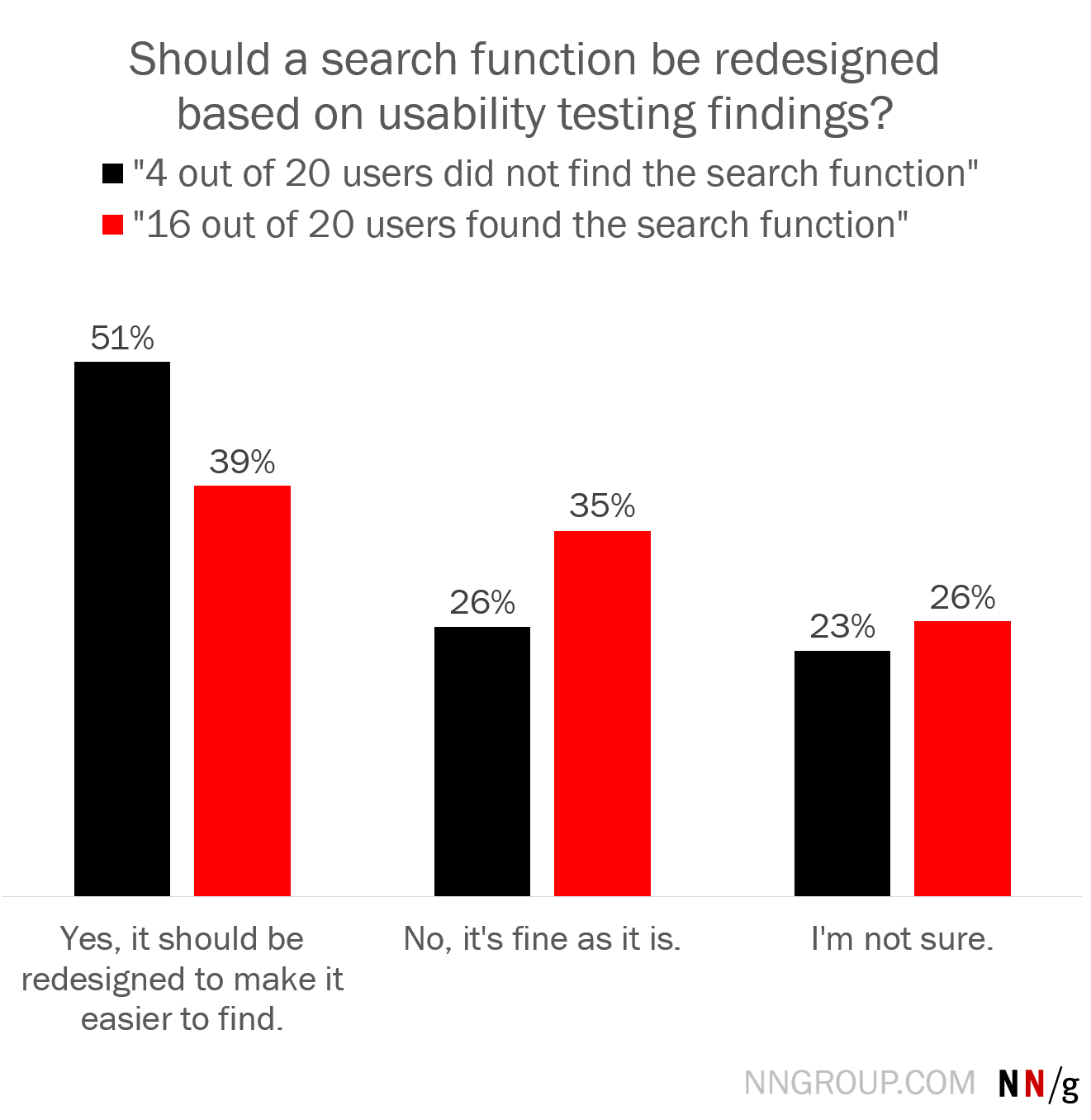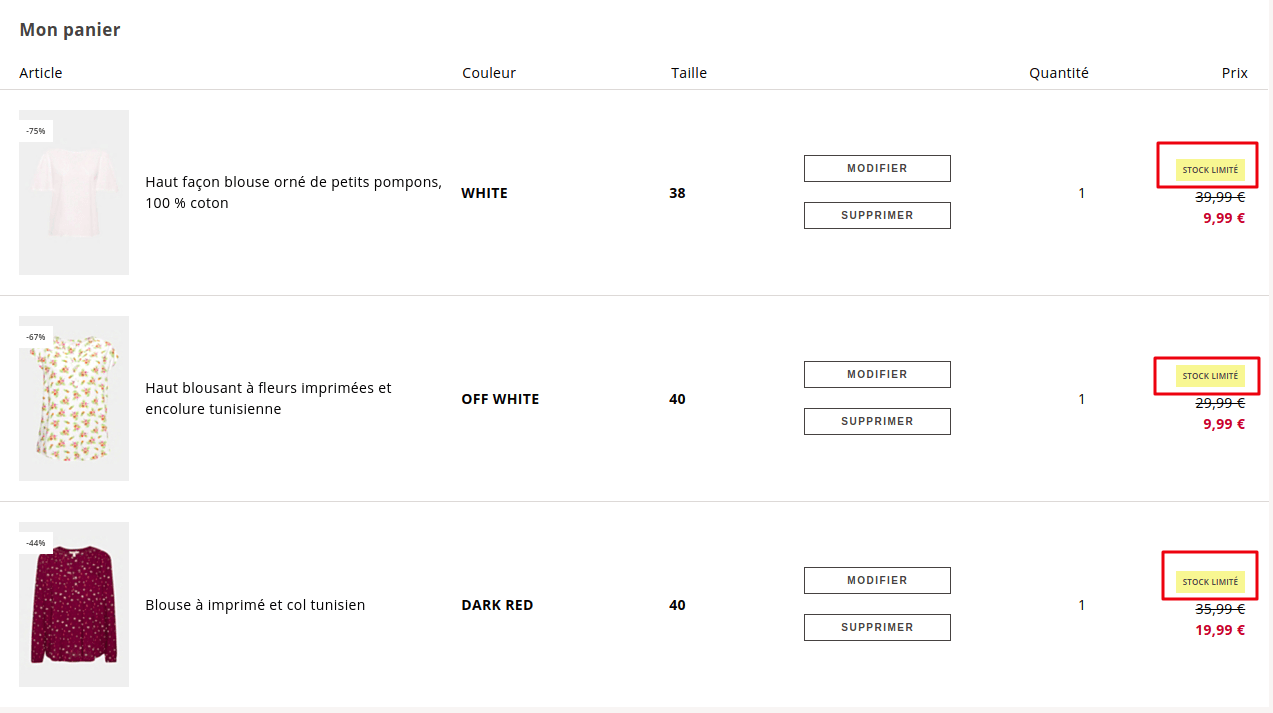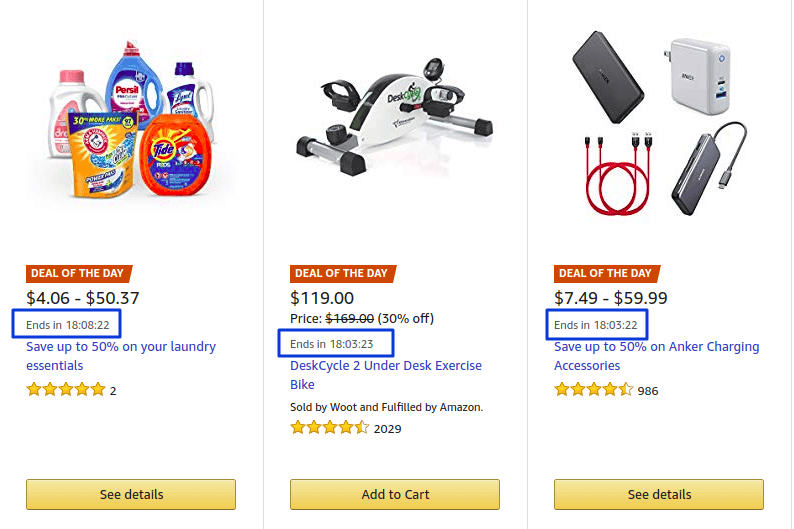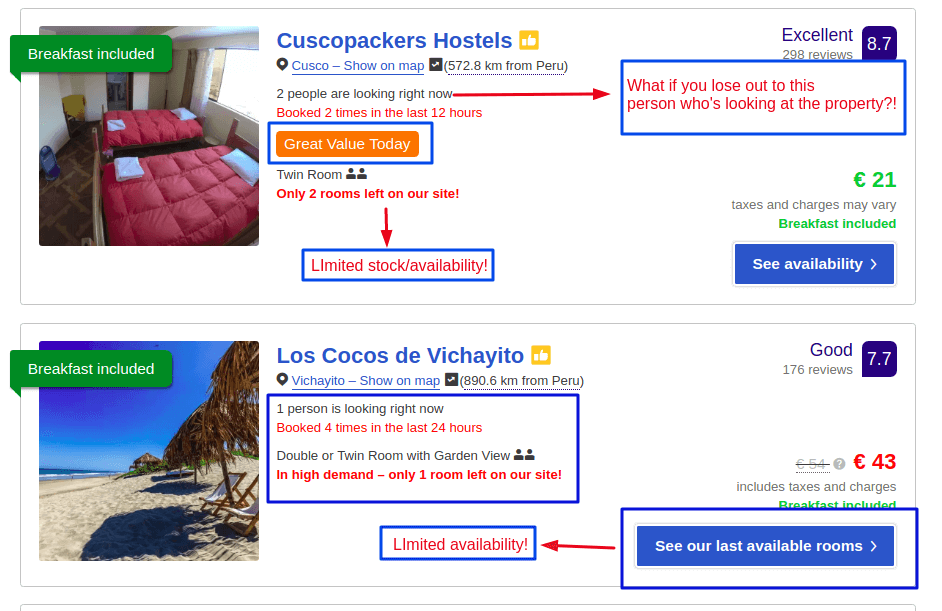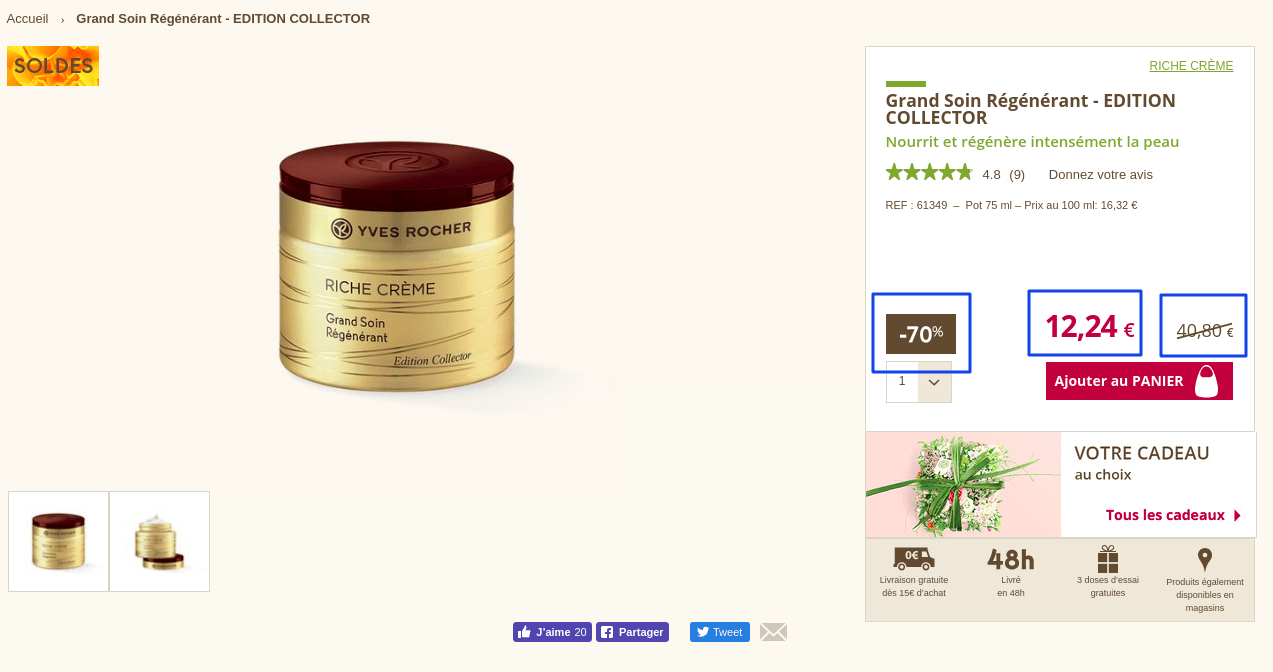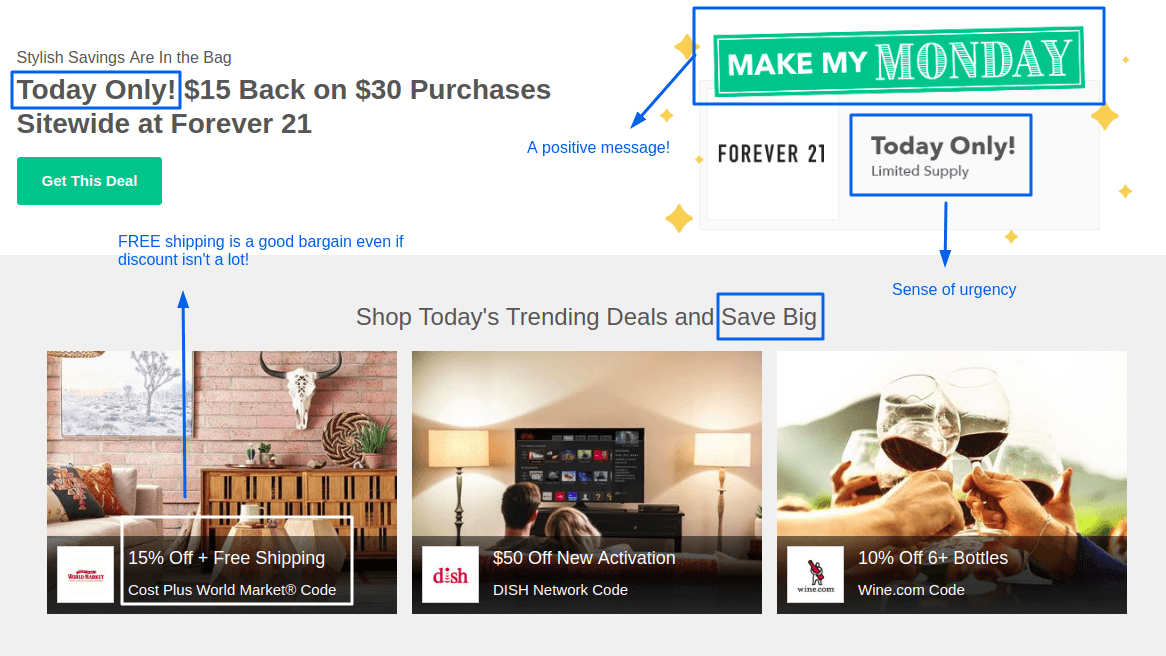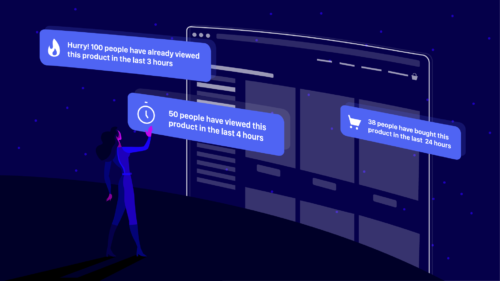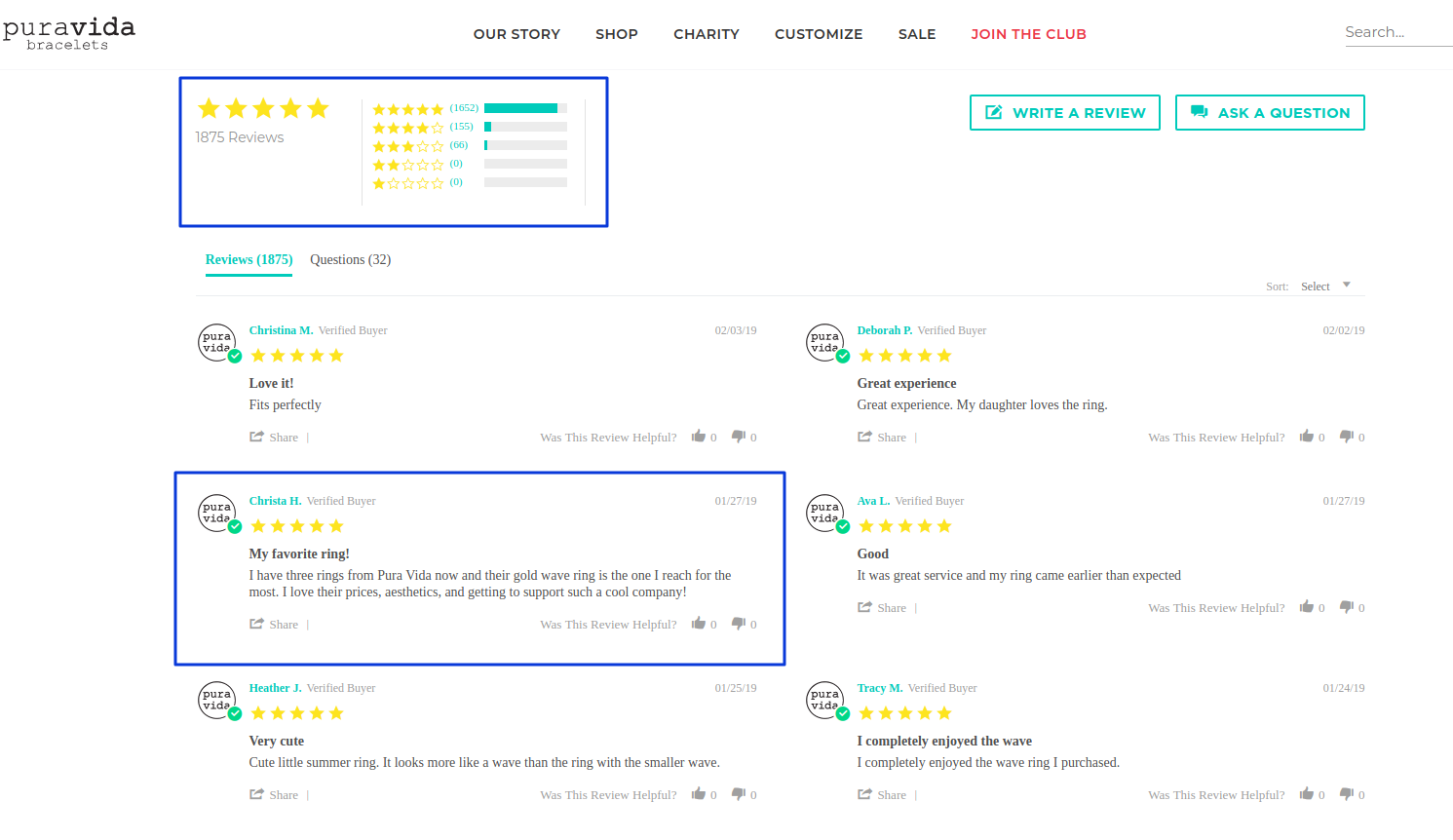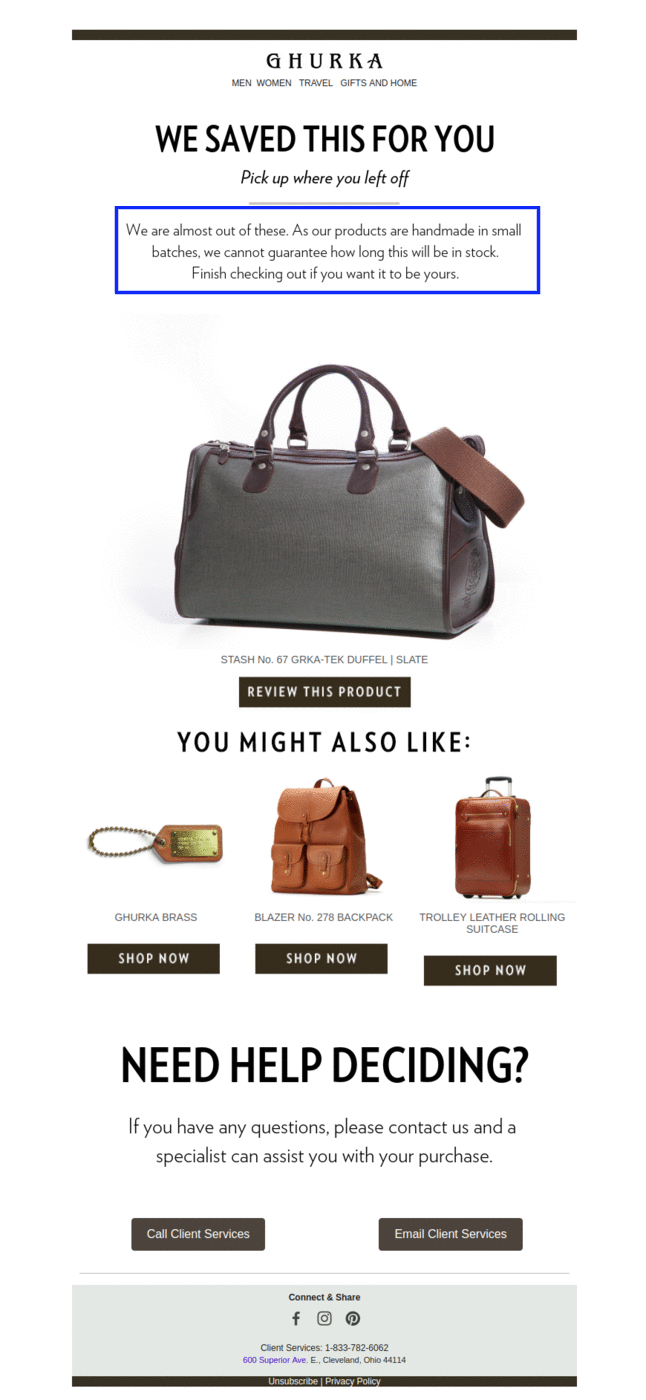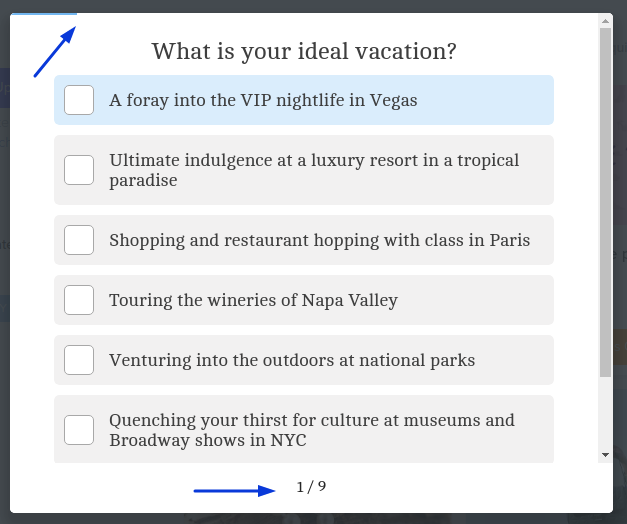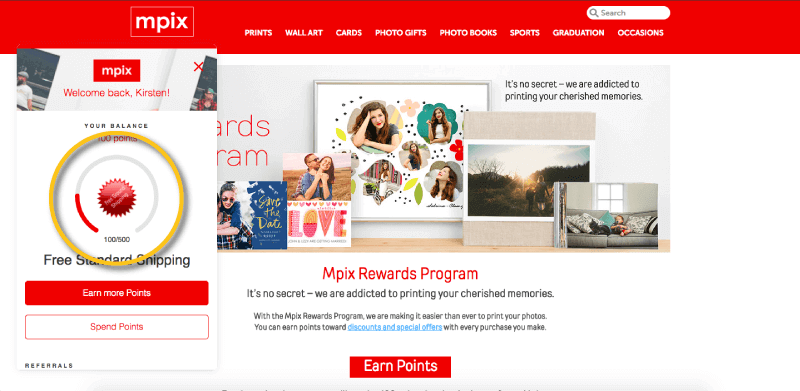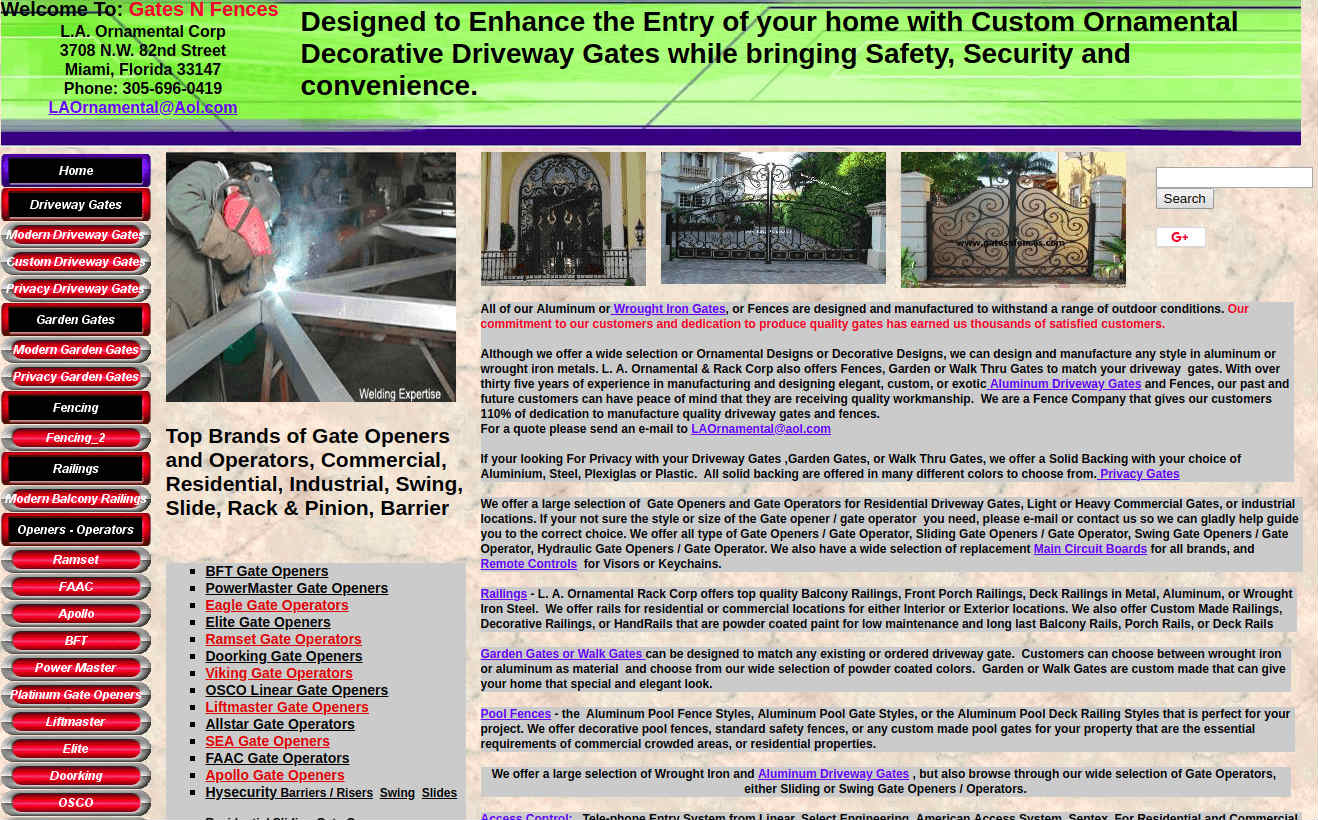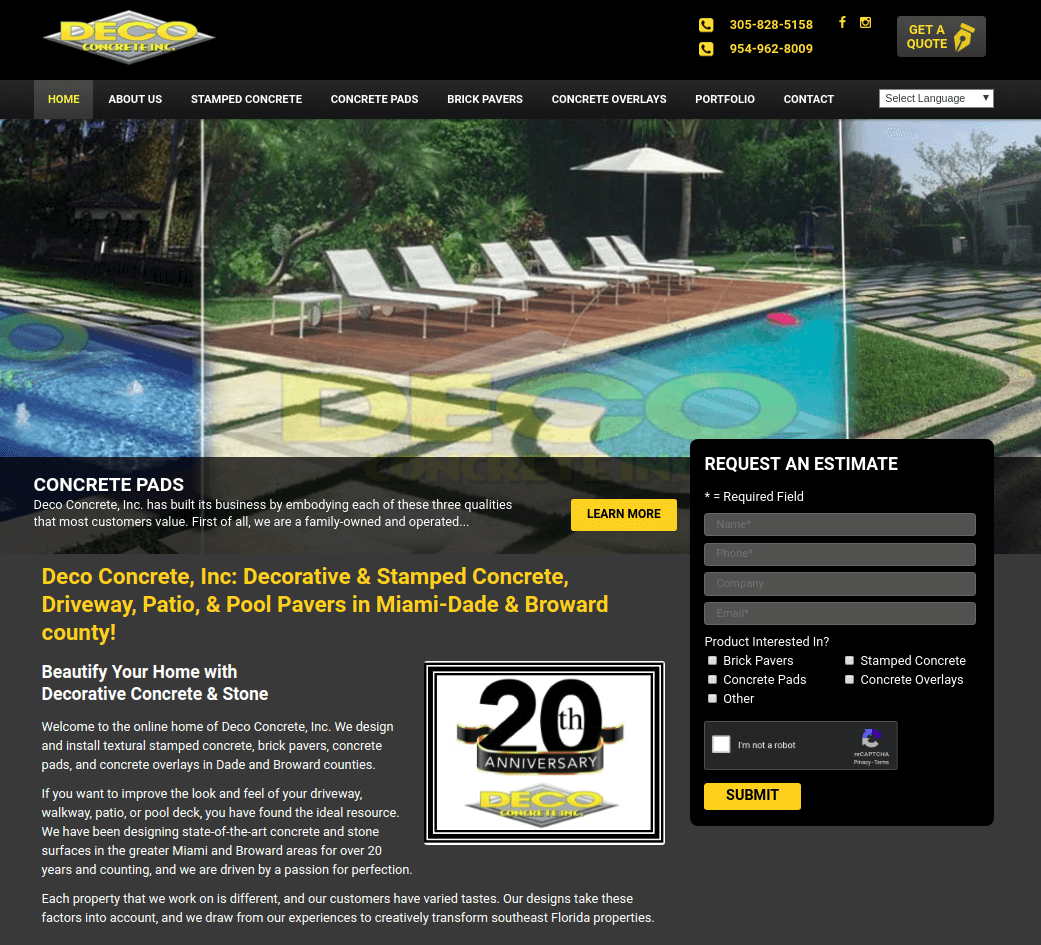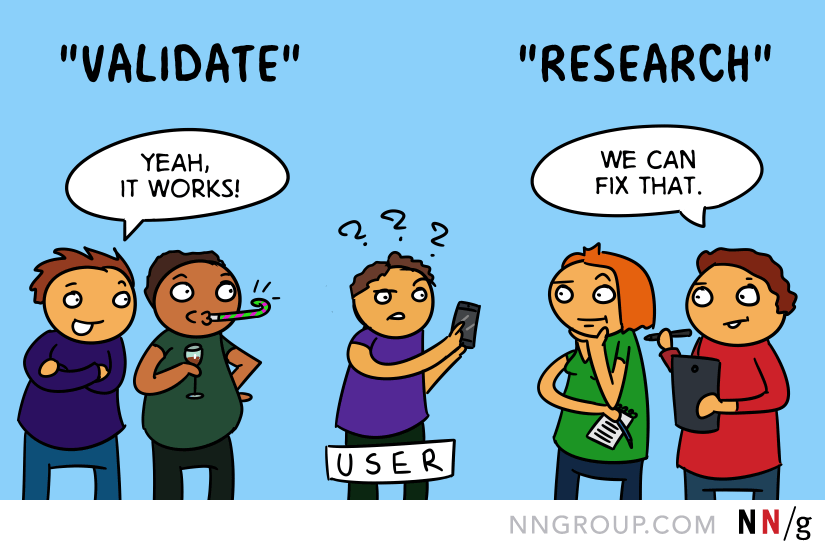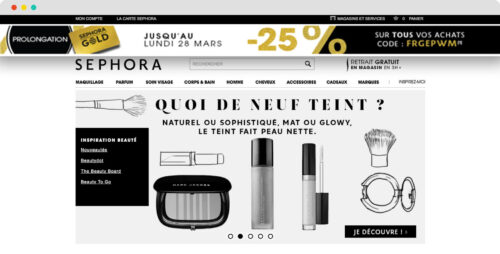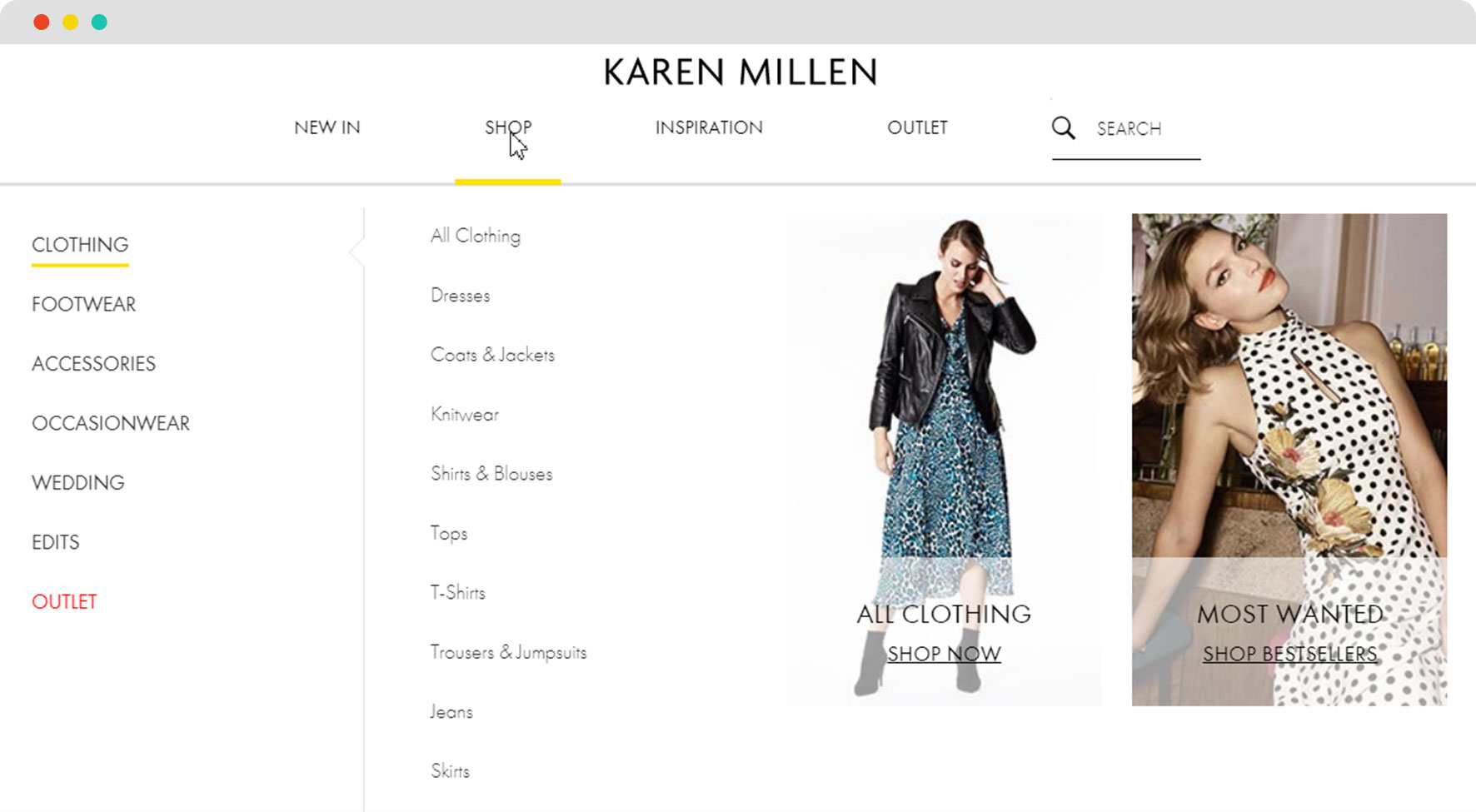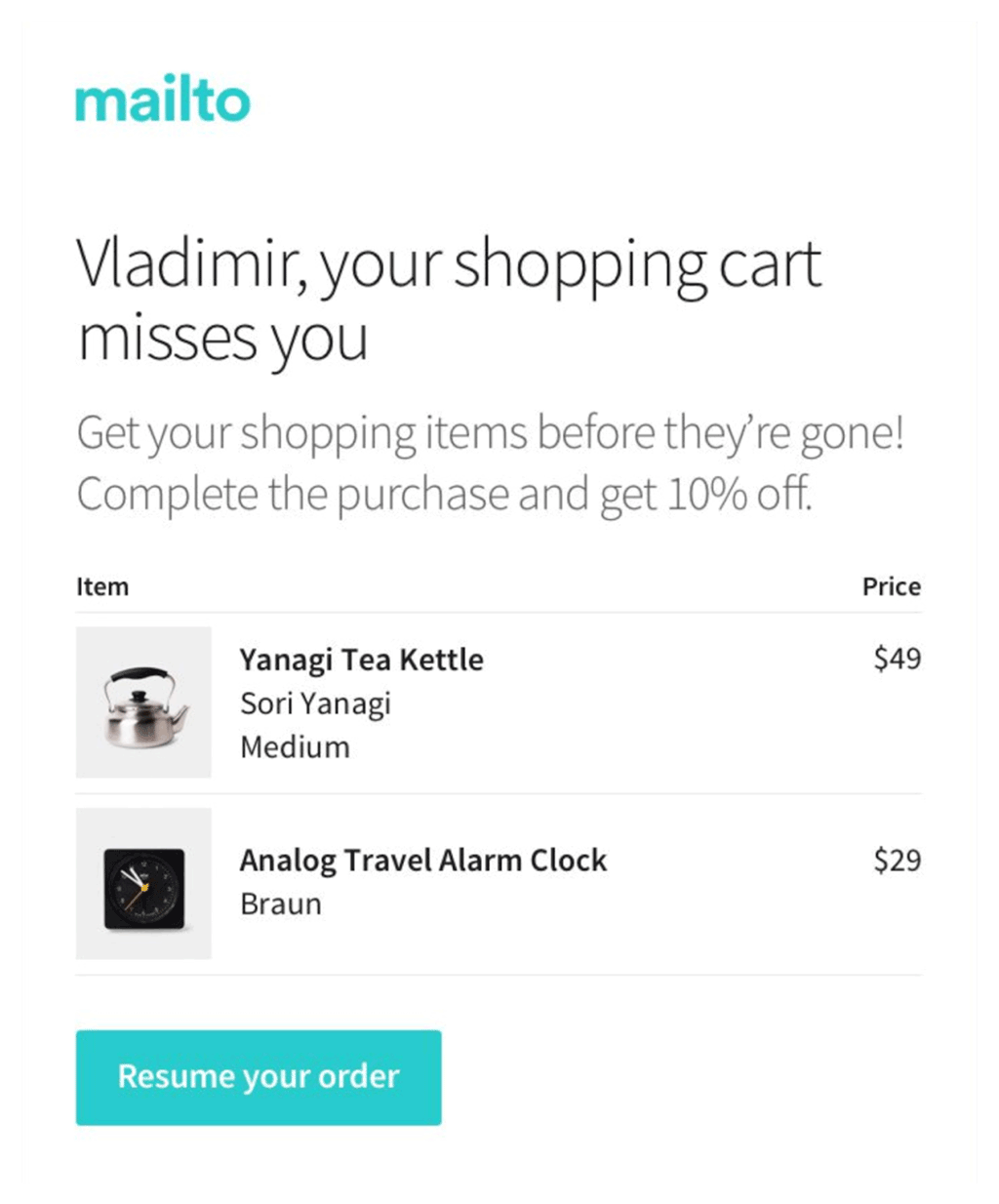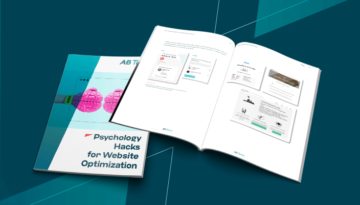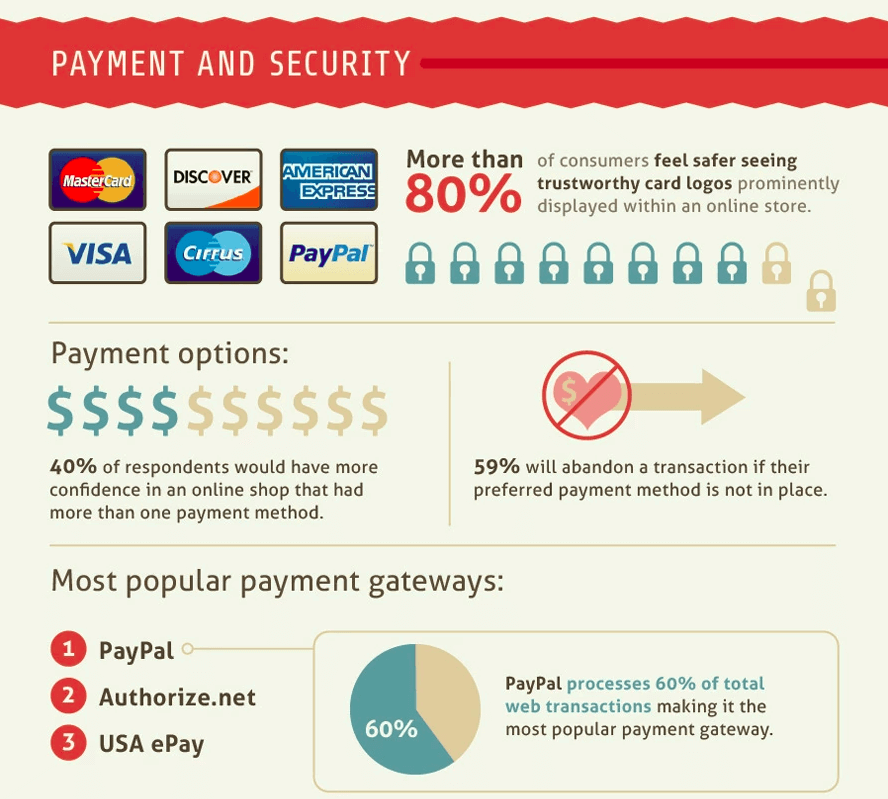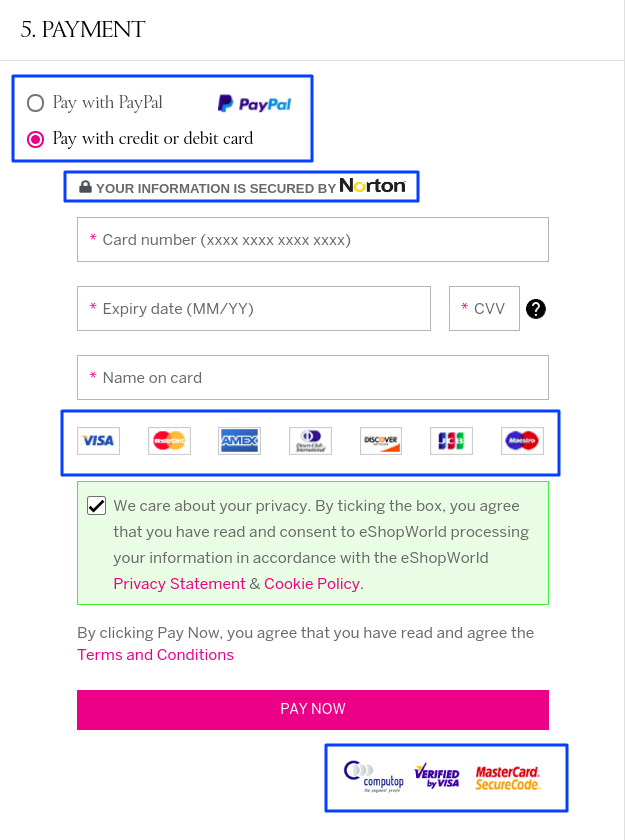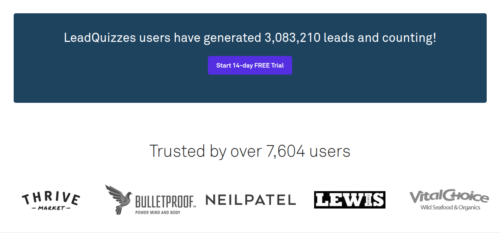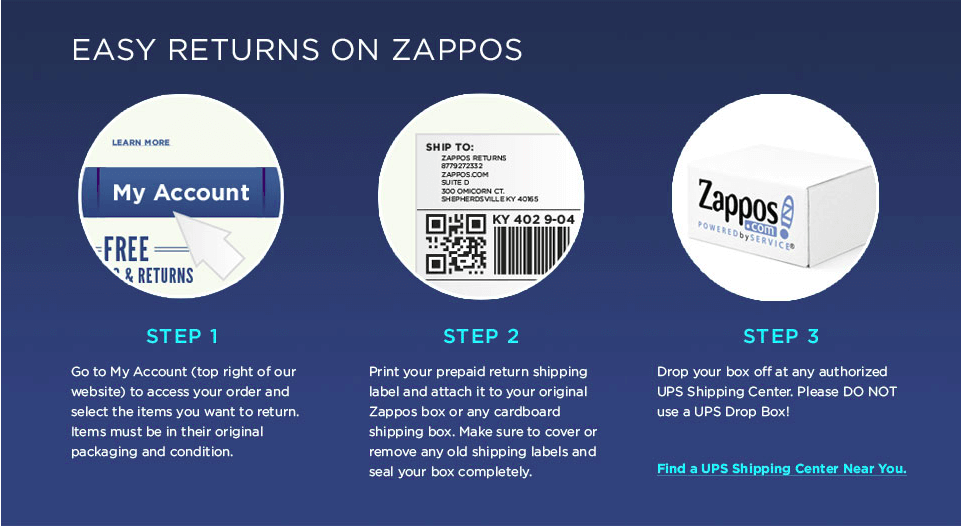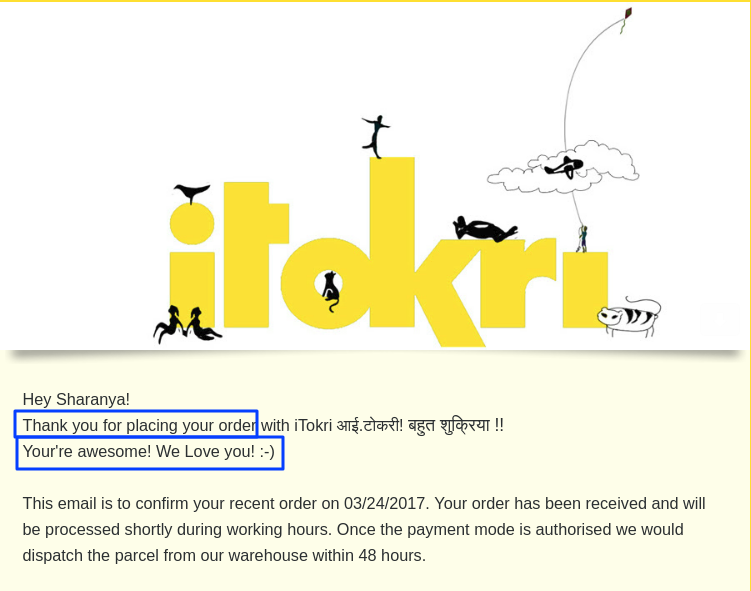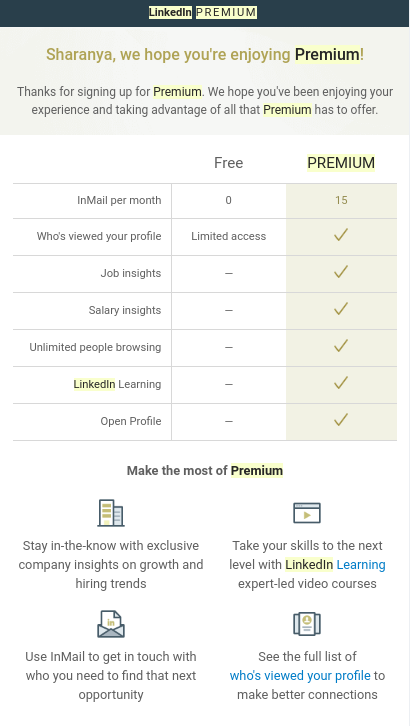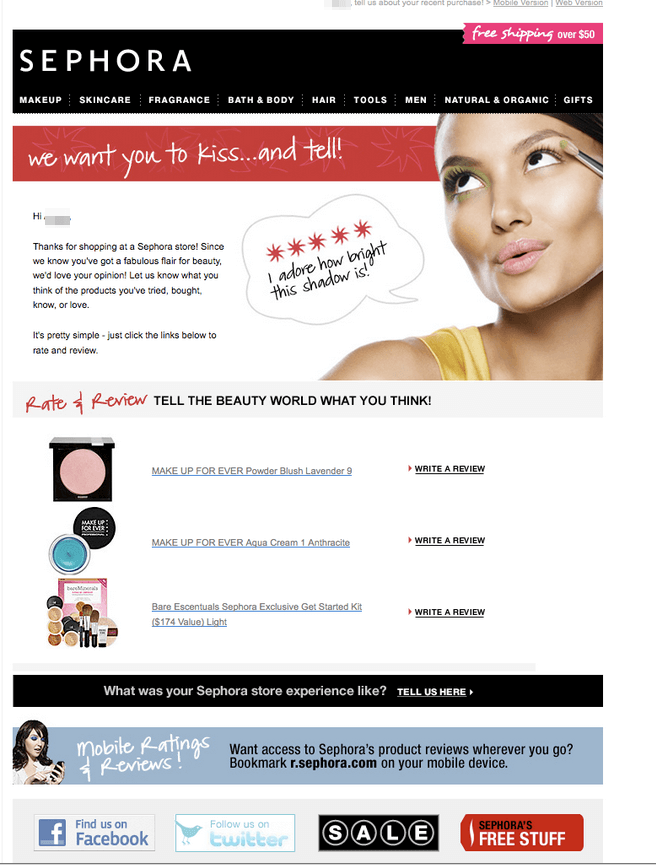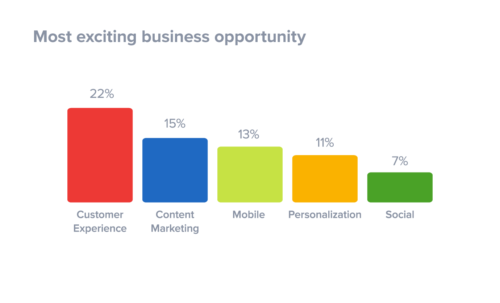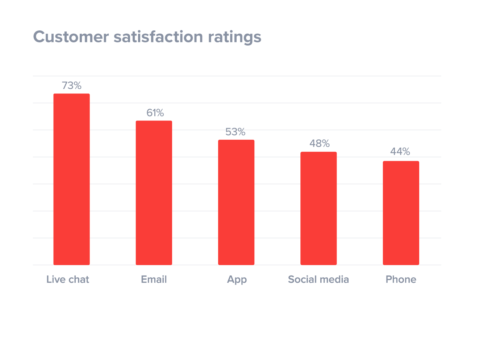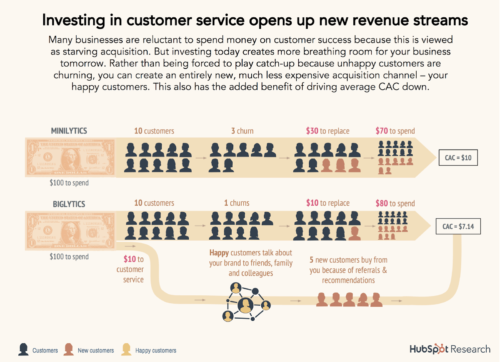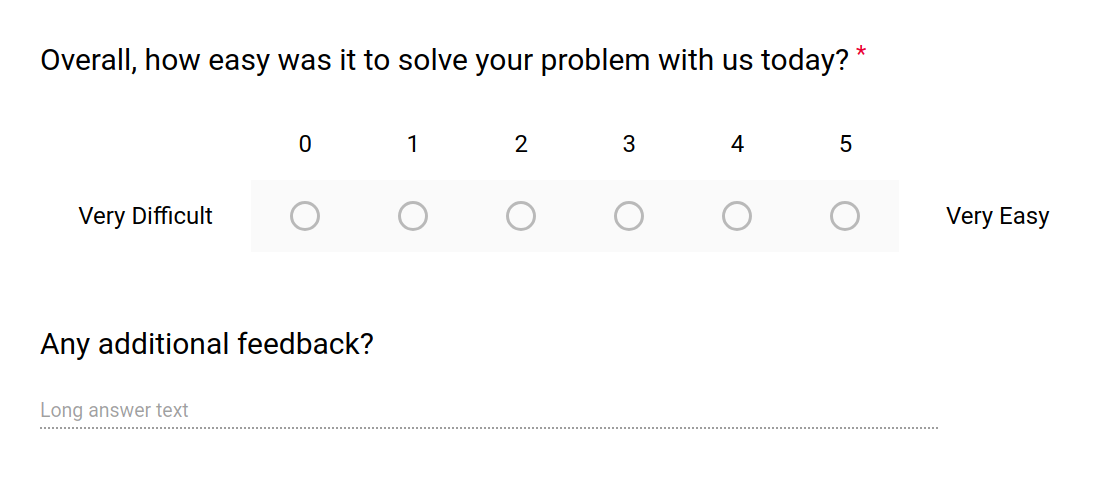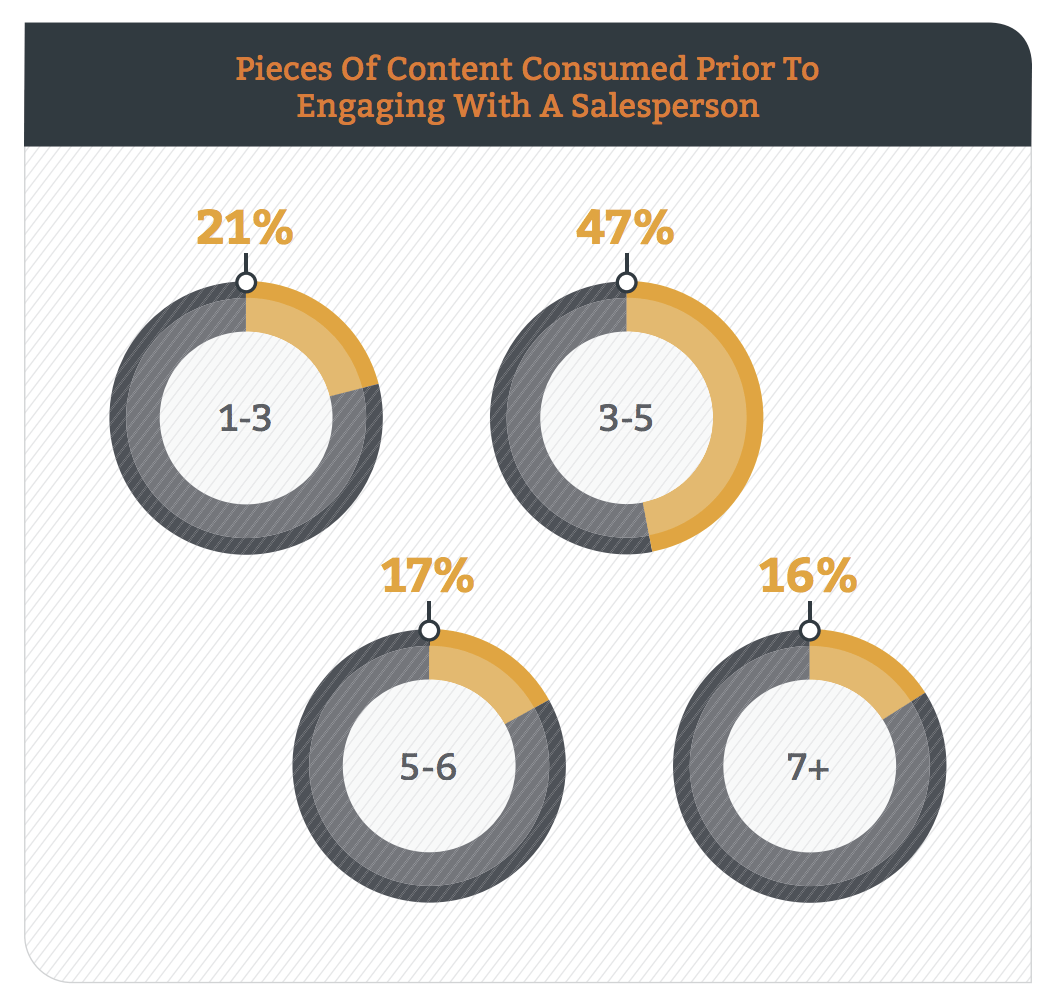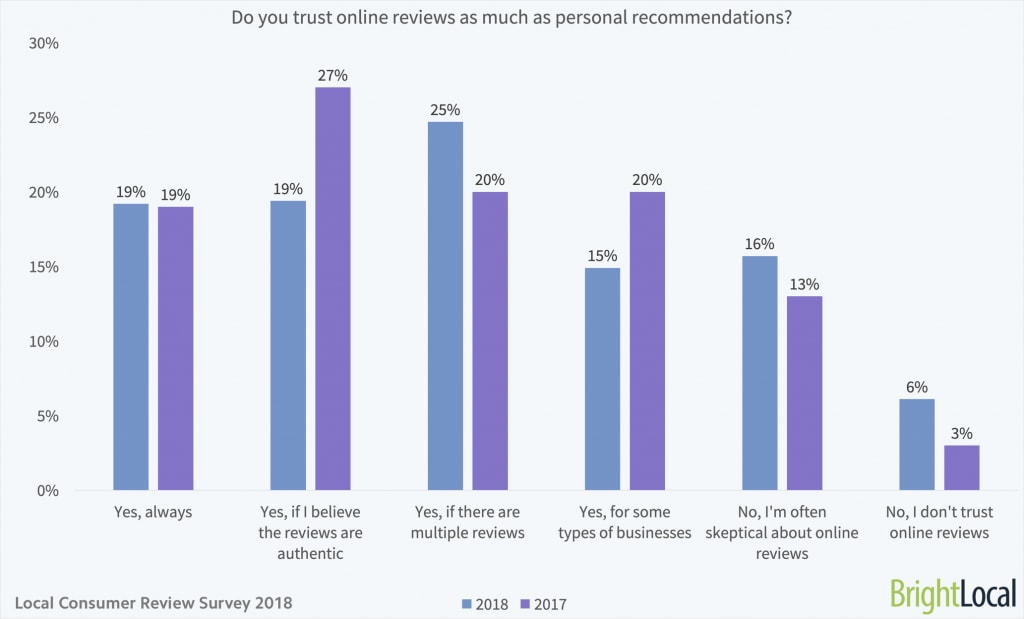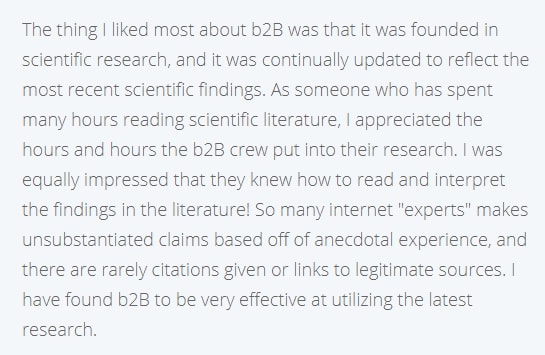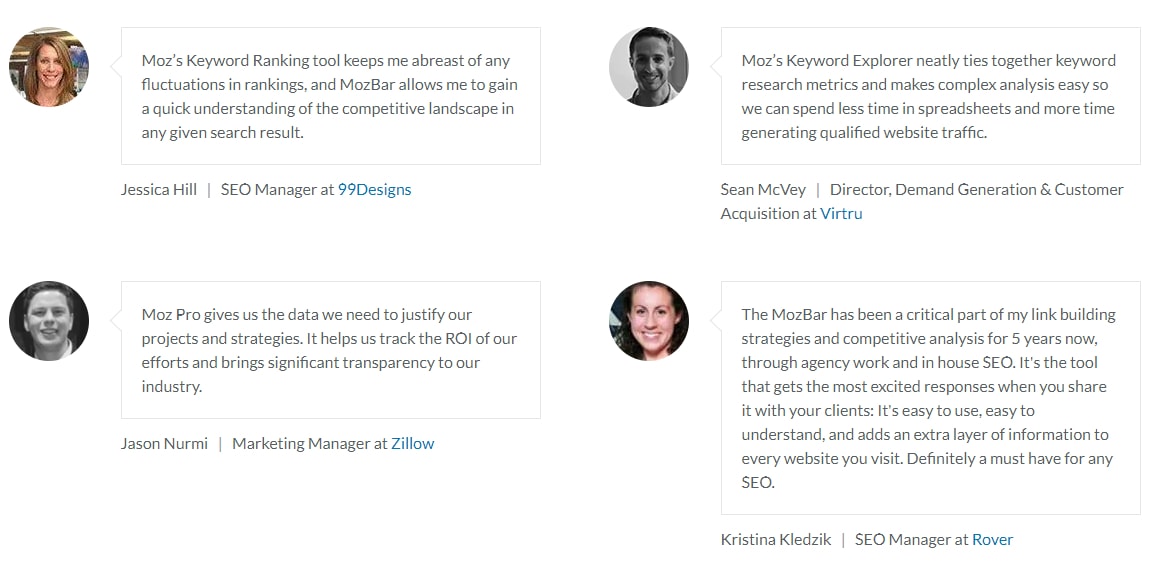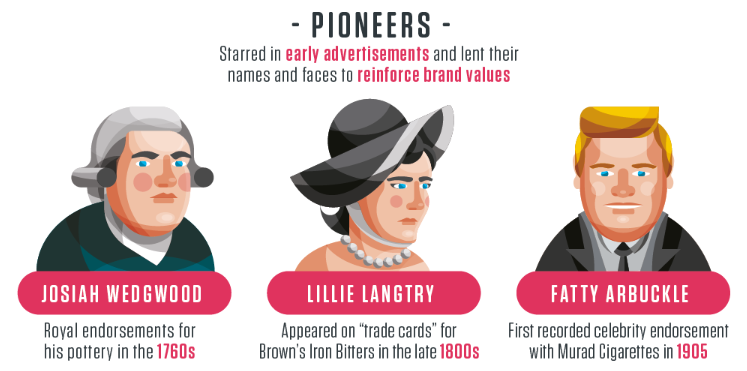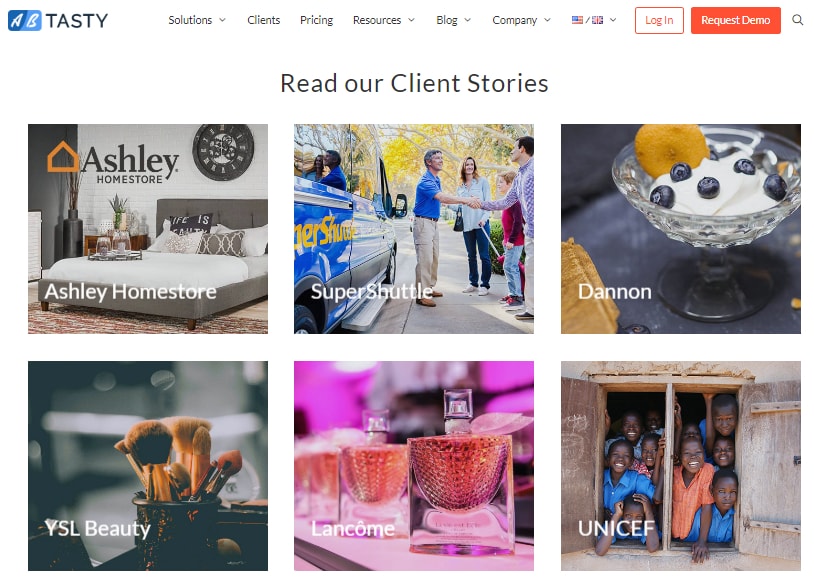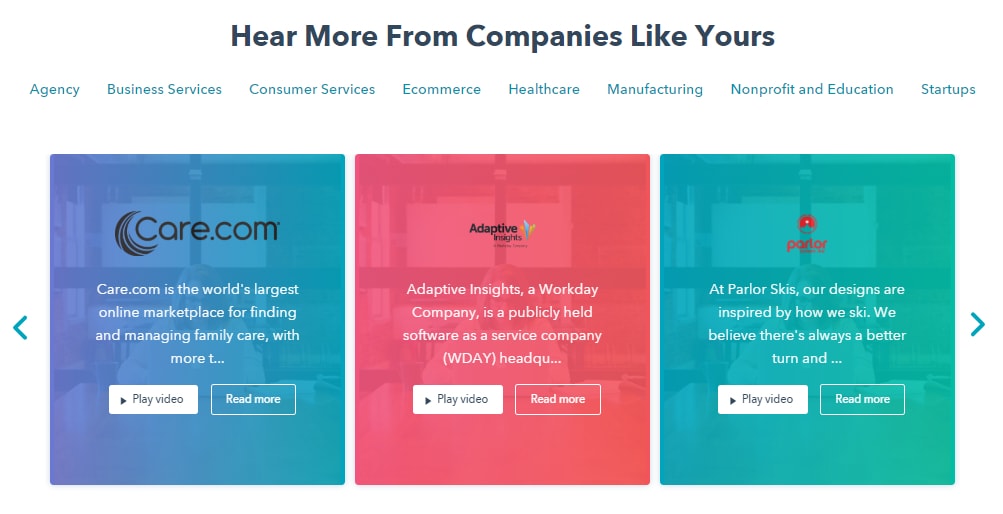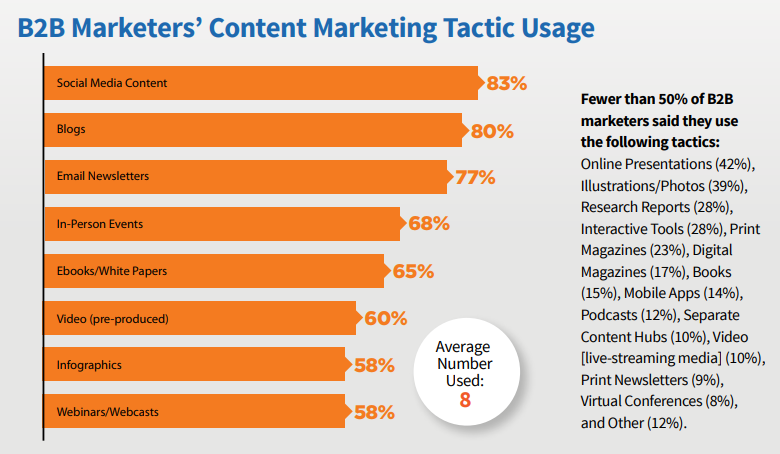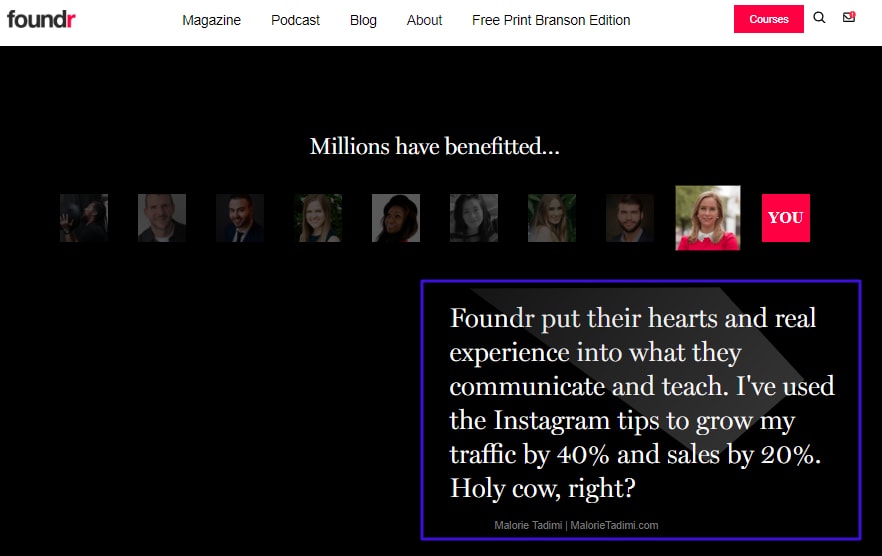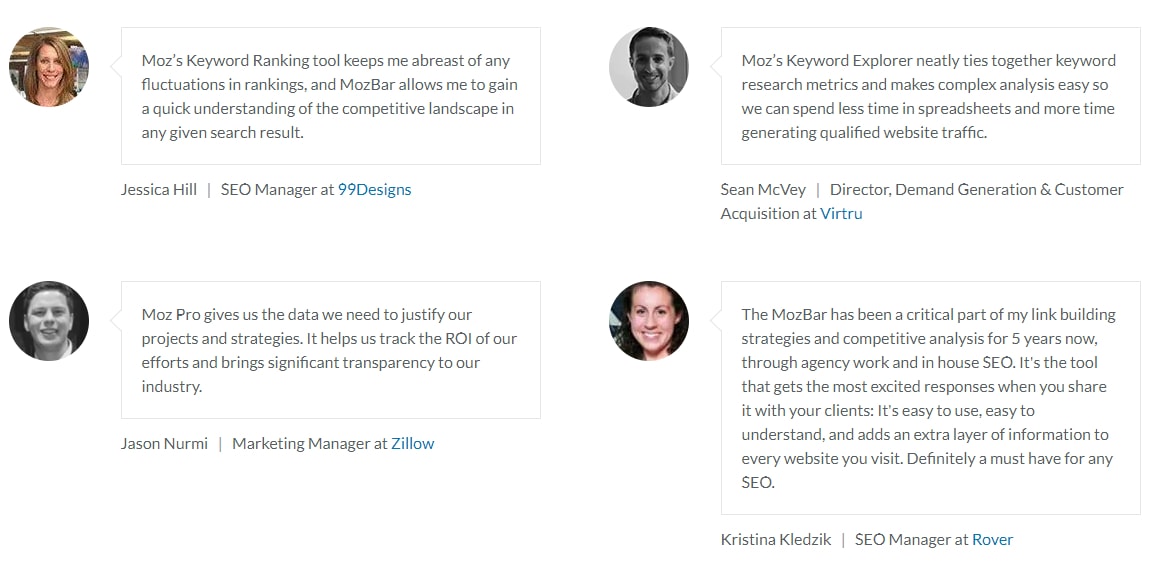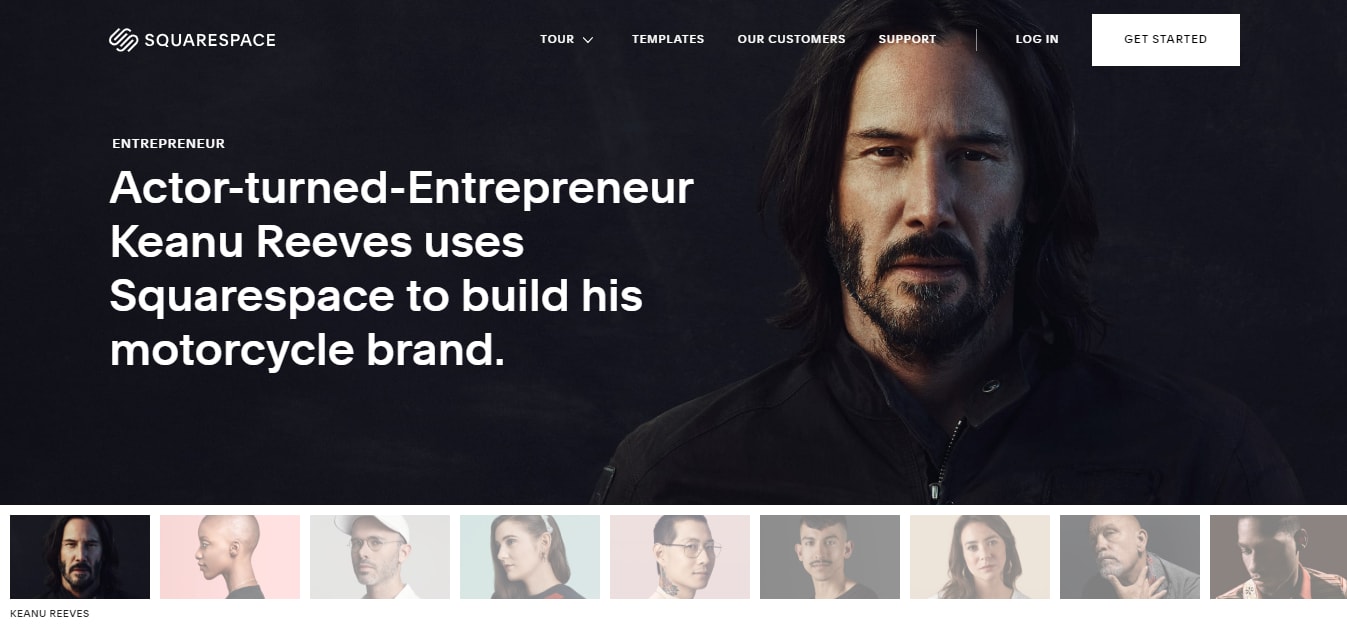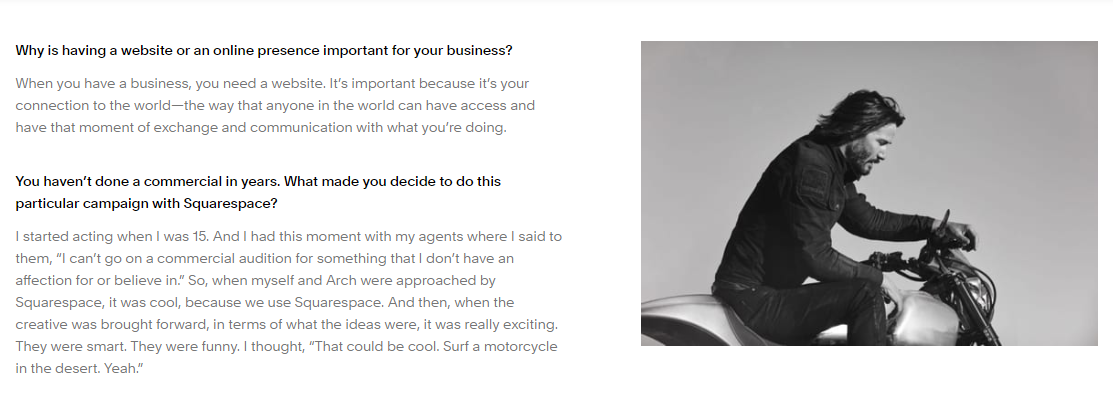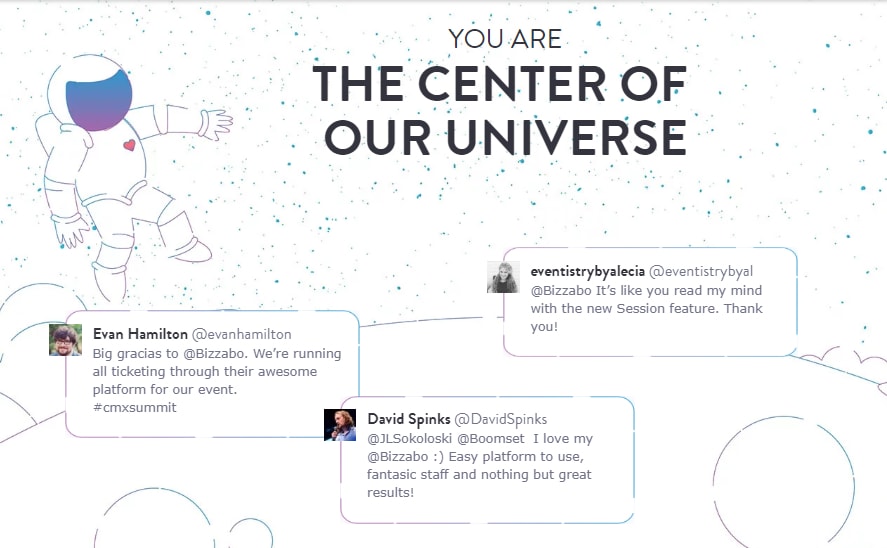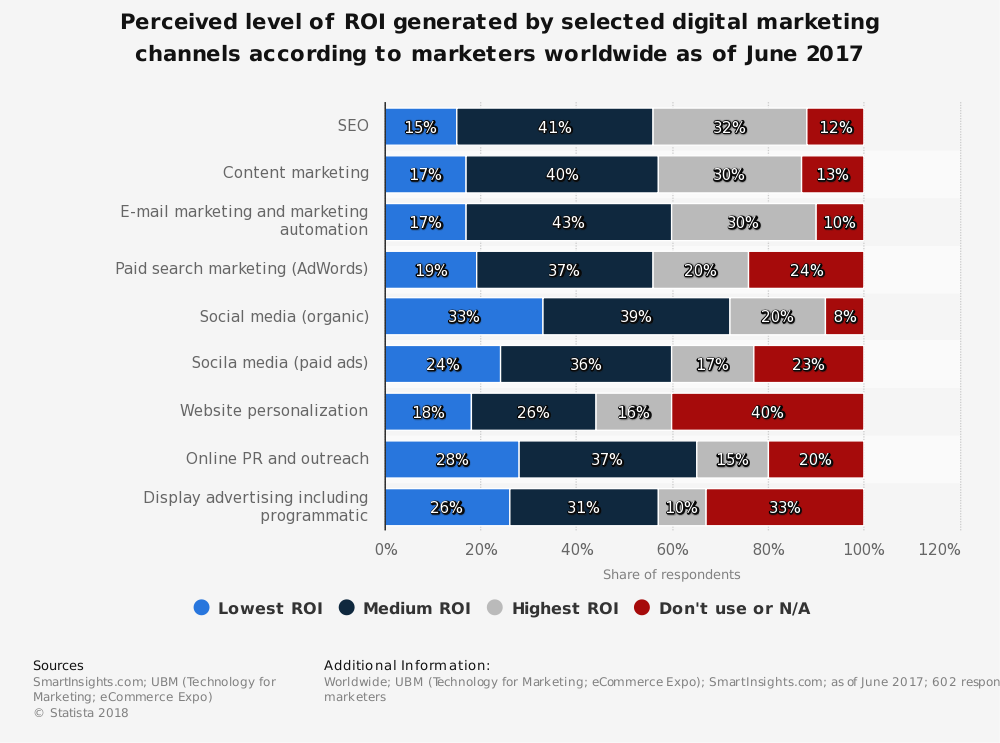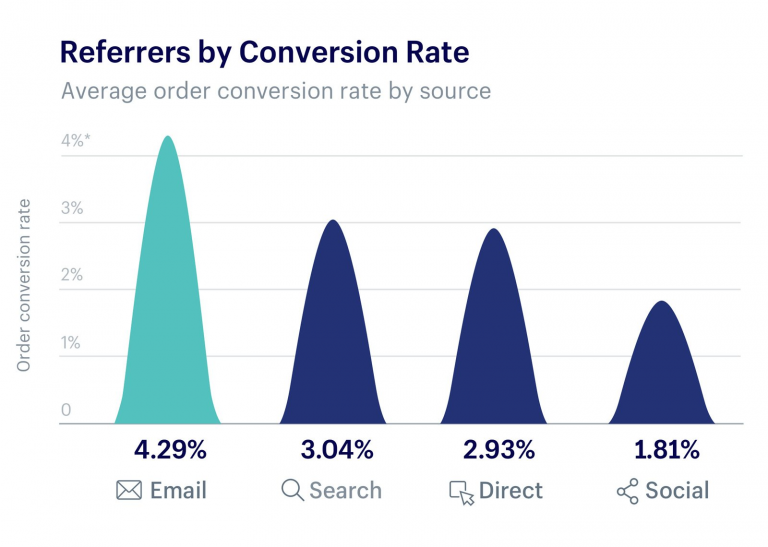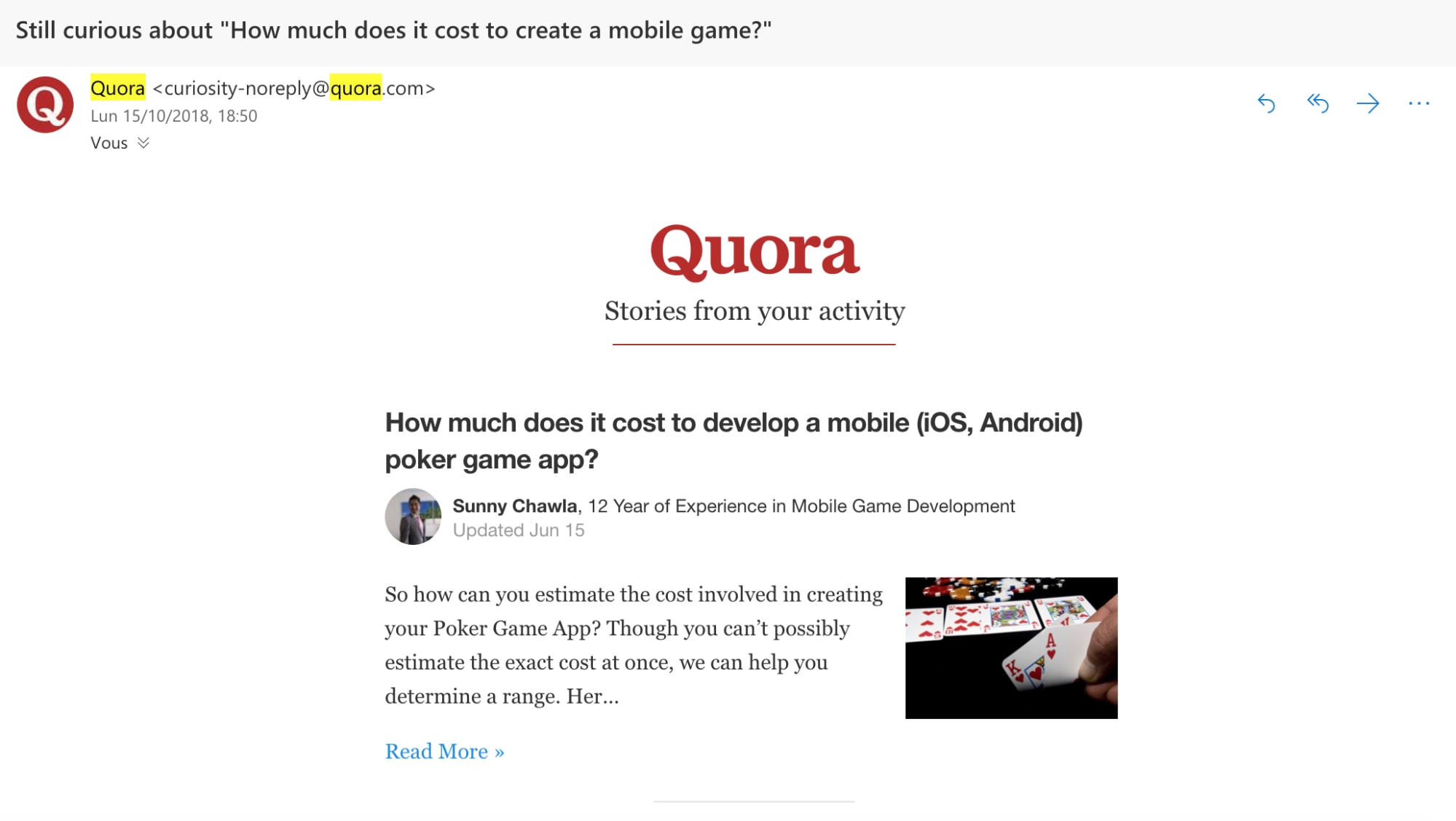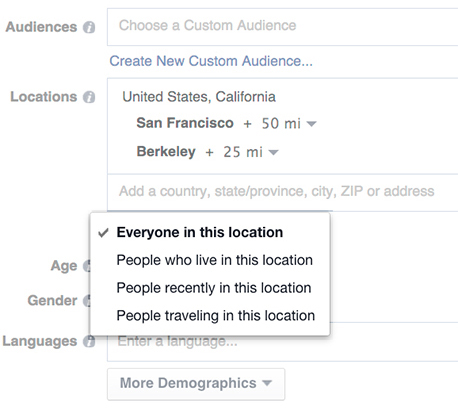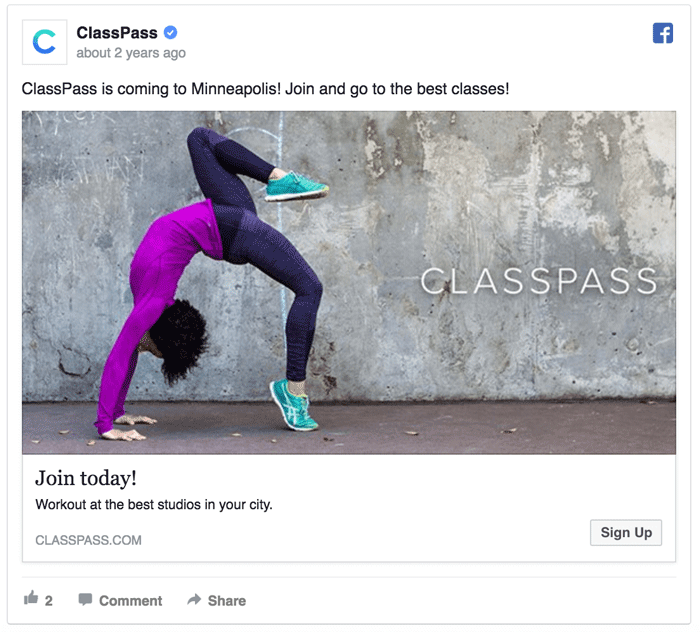Whilst they may not have directly agreed to hear from the company, they have registered interest and willingly given contact information.

Opt-out email marketing is when contact details are automatically added to a marketing list that a subscriber may be unaware of until they receive communications. Whilst this can be a bit of a nuisance for the person receiving the email, it can be another great way of gaining quality leads.
Despite a growing rumbling that email marketing is in decline, between 2014 and 2018, it was estimated that the average office worker in the US sent around 90 emails, with 40 emails being about business in particular. This strongly indicates that reaching people by electronic mail is still by far the preferred method for most people around the world.
The new approach of using opt-in call-to-actions on websites to obtain email addresses has become an increasingly successful way to gather high-quality contact lists to target with marketing campaigns. With open rates for marketing emails remaining around 85% and click-through rates at around 25% for most industries, email marketing is far from dwindling as a successful marketing tool.
When utilized properly, both opt-in and opt-out emails are a great use of your marketing budget and time, with significant click-through rates and growth in new subscribers credited to opt-in techniques.
We explore the difference between executing these tactics and offer some guidance when it comes to running a successful opt-in email marketing campaign.
Opt-in vs. Opt-out; Which is Best?
So, what is the difference between opting in to receive marketing emails and opting out of communications – and where does the term ‘unsubscribe’ fit into email marketing tactics?
The concept of opt-in emails is a straightforward marketing approach; you reach out to people who have given their contact details via a website sign-up. The opt-in method is rapidly becoming a popular option, as companies build a solid list of contacts directly from users on their website, instead of relying on the more traditional approach of buying a list of potentially relevant contacts.
Opt-out email marketing is slightly more tricky when it comes to maintaining interest, particularly for timely offers, as many recipients lose interest on receiving initial communications and this can sometimes lead to people hitting the dreaded ‘unsubscribe’ button – not ideal.
Using opt-in email marketing is the perfect opportunity to captivate and nurture initial leads, as someone has shown an interest in your company or product. It is then up to your excellent marketing campaign to be compelling, well-written and generally engaging enough that those potential customers become fully-fledged revenue for your business.
The Advantages of Using Opt-In Email Marketing
Compared to opt-out marketing, opt-in offers additional confidence to many brands, as the people receiving email marketing have expressed interest in the company or products. Building a strong, quality marketing list via ‘opt-in’ has become a more secure way for businesses to visibly see a return on investment, via their e-marketing.
Another advantage of using opt-in marketing is the years of consistently high open rates for companies all over the world, compared to it’s ‘younger cousin’, social media marketing. Brands try alternative methods of directly reaching potential new customers on platforms such as Twitter and Instagram, by sending direct messages about discounts and offers that they assume their followers would be interested in. The results, however, indicate people simply are not ready to be contacted directly on their personal social accounts, with a measly 0.58% open rate for direct messaging.
A slightly less interesting but sensible advantage for opt-in emails is that they are also regulated, in a bid to protect people’s data when it comes to how companies store and use it. Which leads us on to the topic of regulation…
What is GDPR?
Ah, legal regulations. They may have all the appeal of a soggy sandwich, but they have recently become an important guideline for companies operating in the EU when it comes to storing and using people’s contact information. May 2018 saw the rollout of GDPR, which stands for General Data Protection Regulation, and was put in place to protect personal data, particularly when companies build marketing lists with the intention to reach out. Similar to the GDPR roll out, companies operating in the United States have to comply with the CAN-SPAM Act, brought in by George Bush in 2003, to protect individuals from receiving marketing communications they didn’t opt-in for.

Whilst they may be rather dull, regulations have been introduced to protect both companies and recipients from having their details misused. As previously touched upon, when sending any type of communication to someone, there is a certain level of consent that the recipient will exercise. They will either choose to opt-in to hearing from you (via a sign-up), or they can be unknowingly added to a list and contacted because they have shown an interest in a third-party or related company. Ultimately, all of these methods involve storing and using someone’s personal contact details.
Whilst there is nothing wrong with building an email list via opt-in or opt-out marketing methods, email consent has come under scrutiny in the last few years. Regulation has become an even bigger requirement to prevent the misuse of data, since many a company have recently suffered security breaches, with customer details being stolen.
Double Opt-In and Nurturing Leads
The double opt-in option requires a further ‘click’ via a link sent in another communication, such as an email or text message. This additional click-through confirms their interest in your company and that they want to hear from you, making them far more likely to convert and respond to your communications. The double opt-in is not necessarily right for every email campaign, but rather offers extra security for companies looking for a great-quality contact list.
By sending a confirmation message, you begin to nurture a lead, reassuring both yourself and the email recipient that they are interested in receiving information and offers from your company. Once they have gone through the effort of re-confirming, it is down to the quality of the marketing material to reach the ultimate goal of converting them to becoming a customer.
The double opt-in method is great for companies who offer coupons and other discounts that may be exclusive to subscribers, and it also avoids any emails being sent to spam folders. If an email list is not primarily focused on offers etc, the single opt-in option is fine. As long as your business offers some kind of opt-in email marketing, your correspondence list will stay clean and secure.
From a regulation point of view, the double opt-in is the ‘belt and braces’ approach – it ensures the contact is compliant and willing to be contacted.
Timing is Everything When Sending Emails
As with many things in life, timing is everything when it comes to sending campaign emails – and reaping the reward. Depending on whether you target B2B or B2C audiences, the day of the week will affect the open rate success. Tuesday is widely known as being the best day to send B2B newsletters and general marketing communications, whereas B2C companies find Saturday morning a great time to achieve excellent open rates. Then there’s the actual time of day your email is received. Avoid any time that is widely considered busy, for example, 9am is a big no, but anything between 12-2pm is highly likely to be seen.
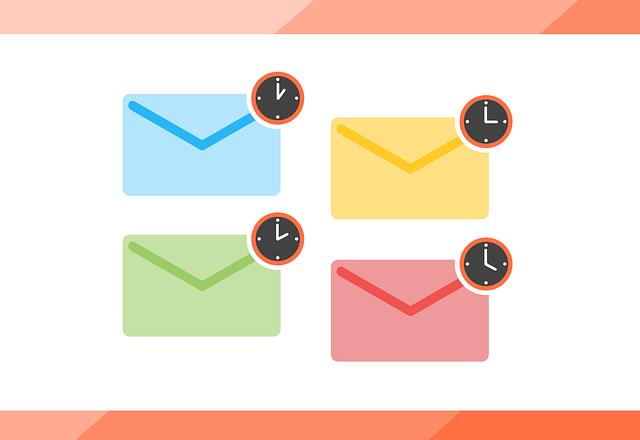
Avoid the Spam Folder
Email providers such as Gmail and Microsoft have spent many years developing algorithms when it comes to spotting ‘spammy’ words in an email, making sure to automatically file any potential spam emails away, without the user even knowing they are there. The key to avoiding this ‘automatic filing’ is to send good, well-written content. Inform your reader of the topic straight away, avoid using words such as ‘buy’, ‘spam’ or ‘free’ in your subject header and try not to overwhelm them with lots of imagery, once they have opened your email.
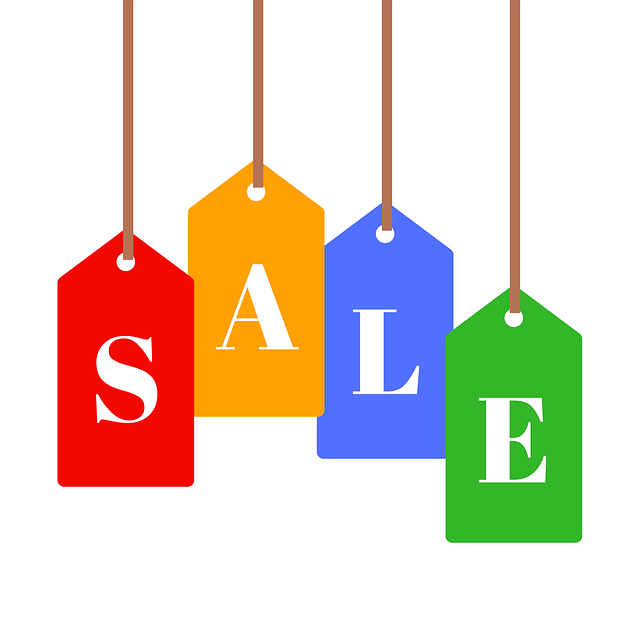
Takeaway
Ultimately, the level of success from your email marketing campaign is going to depend on many factors, such as quality of content, the time of day it’s sent as well as the quality of contacts it is sent to. Despite the pesky rumors stating email marketing is dead or on the way out, the stats simply prove otherwise. Above the noise of social advertising, clever cookie options and other tried-and-tested digital methods, opt-in email marketing remains the most successful campaign tactic, with the Independent Department of Marketing Bureau, or IMDB fully endorsing it as the most successful way to communicate with potential customers, in 2019.
Feature Image Credit from HostReviews.








